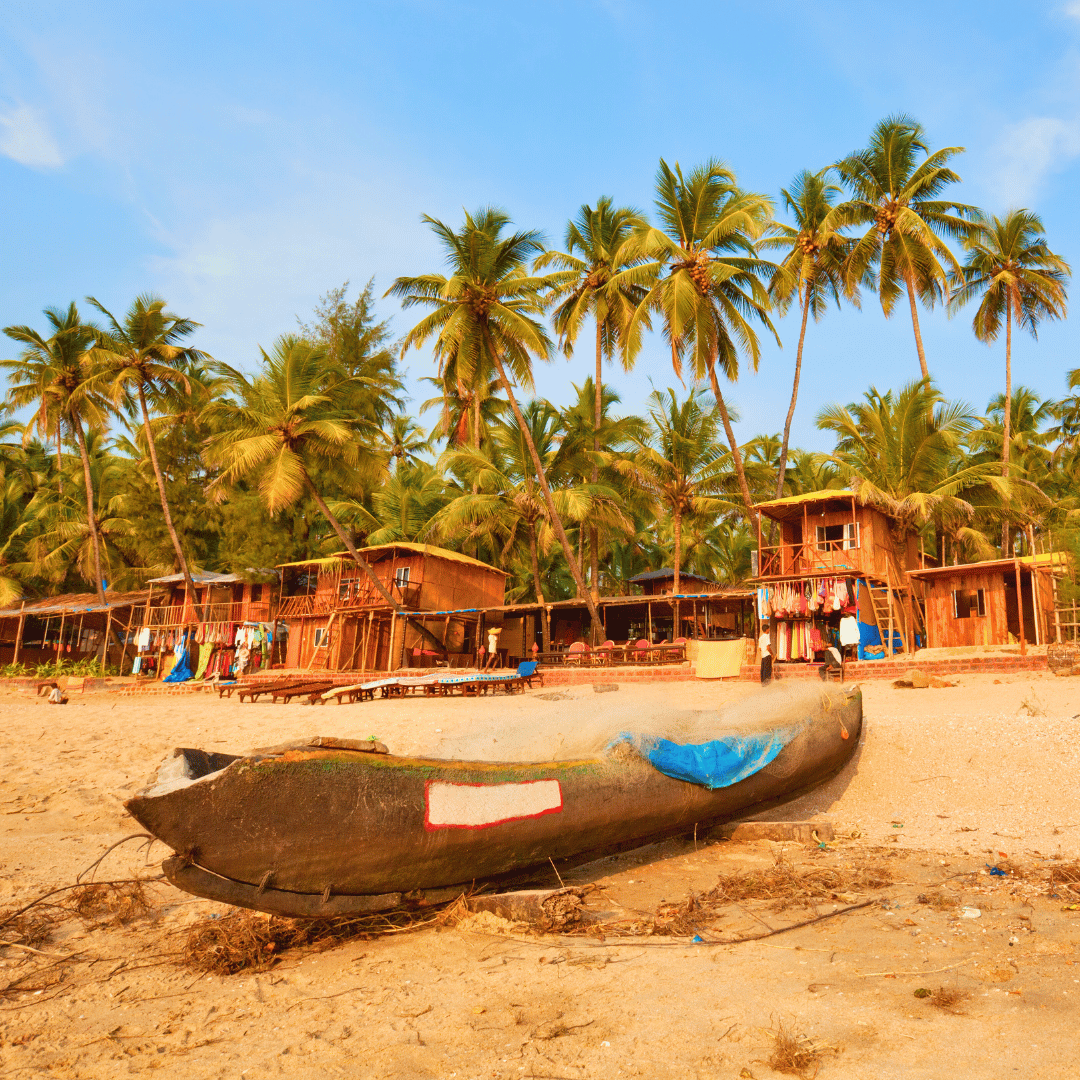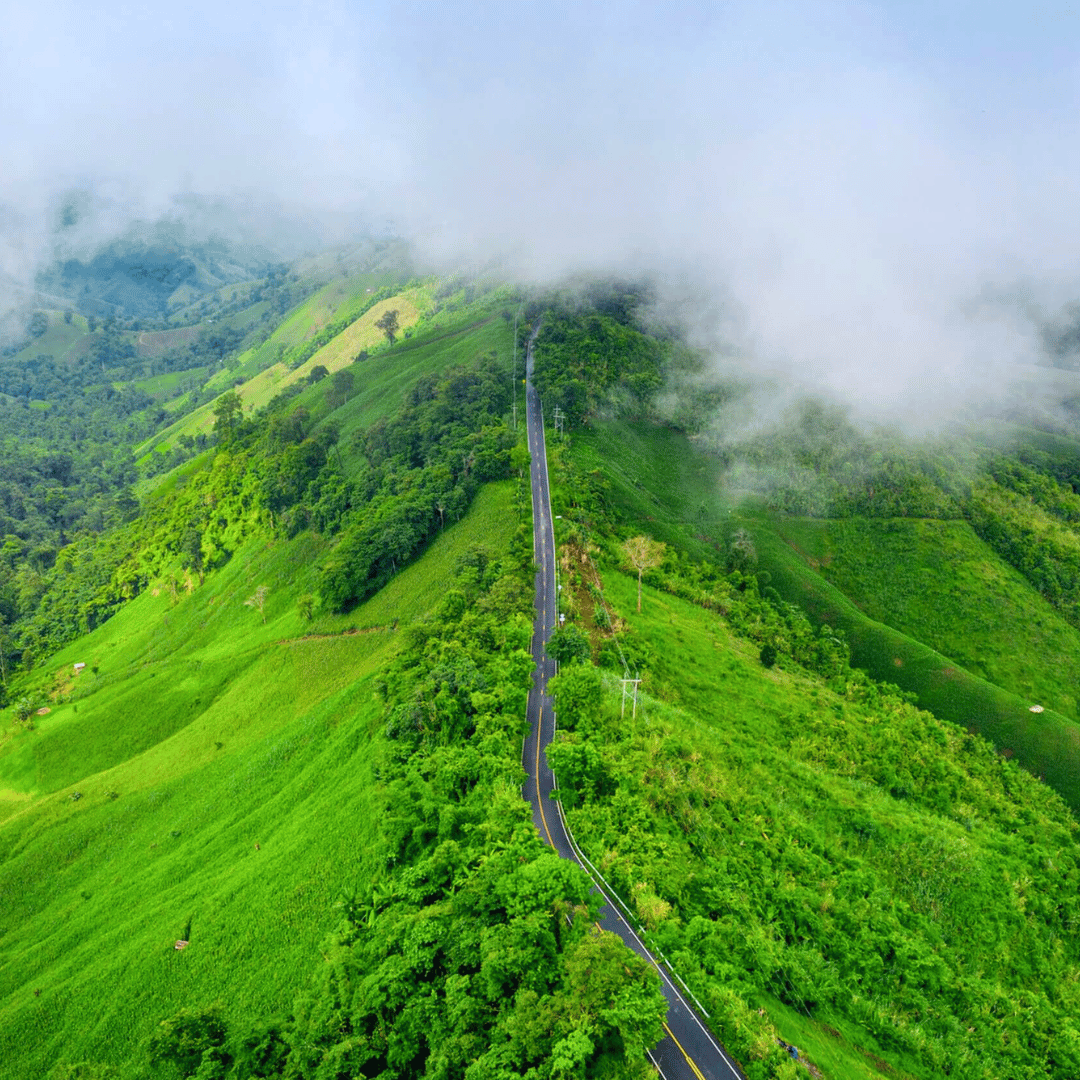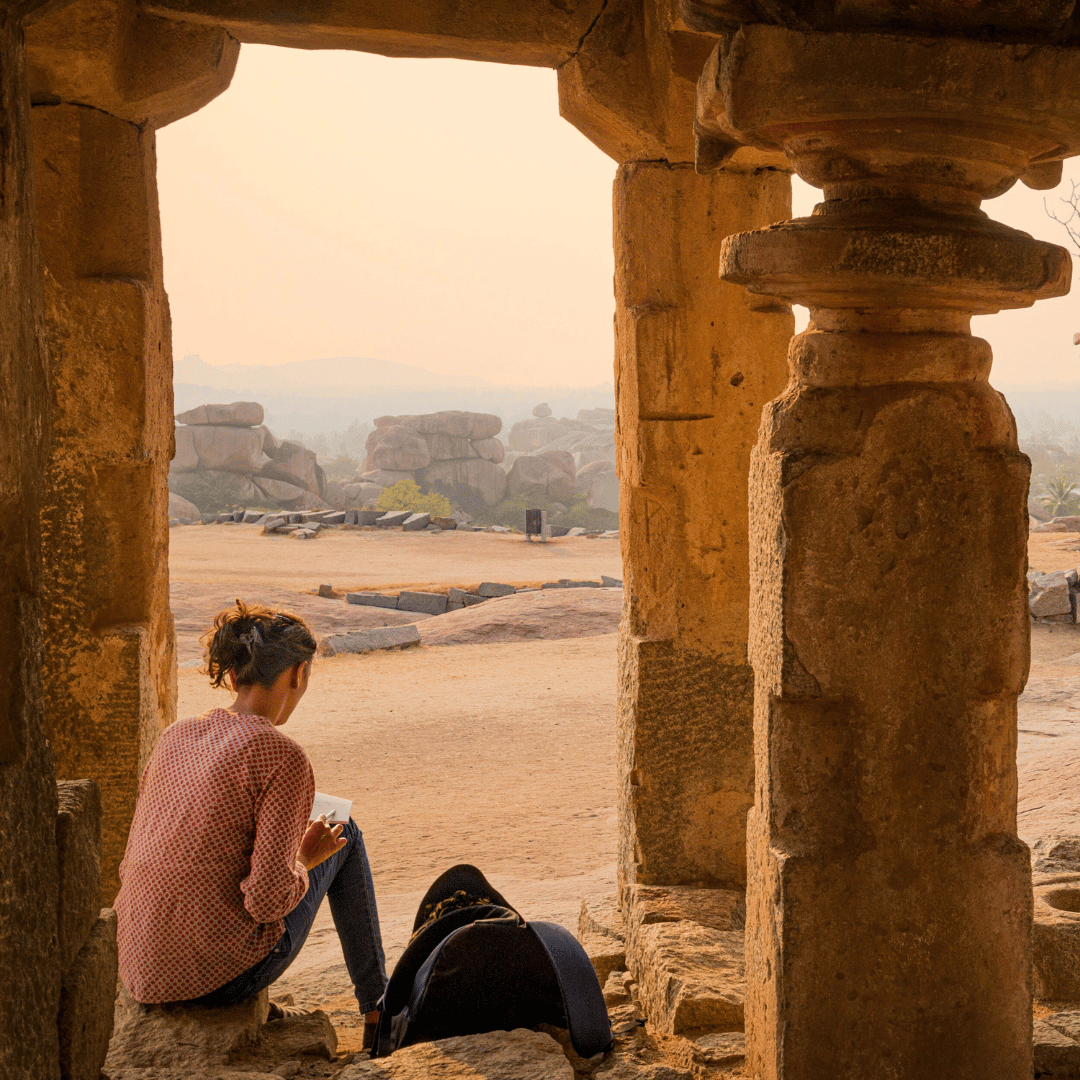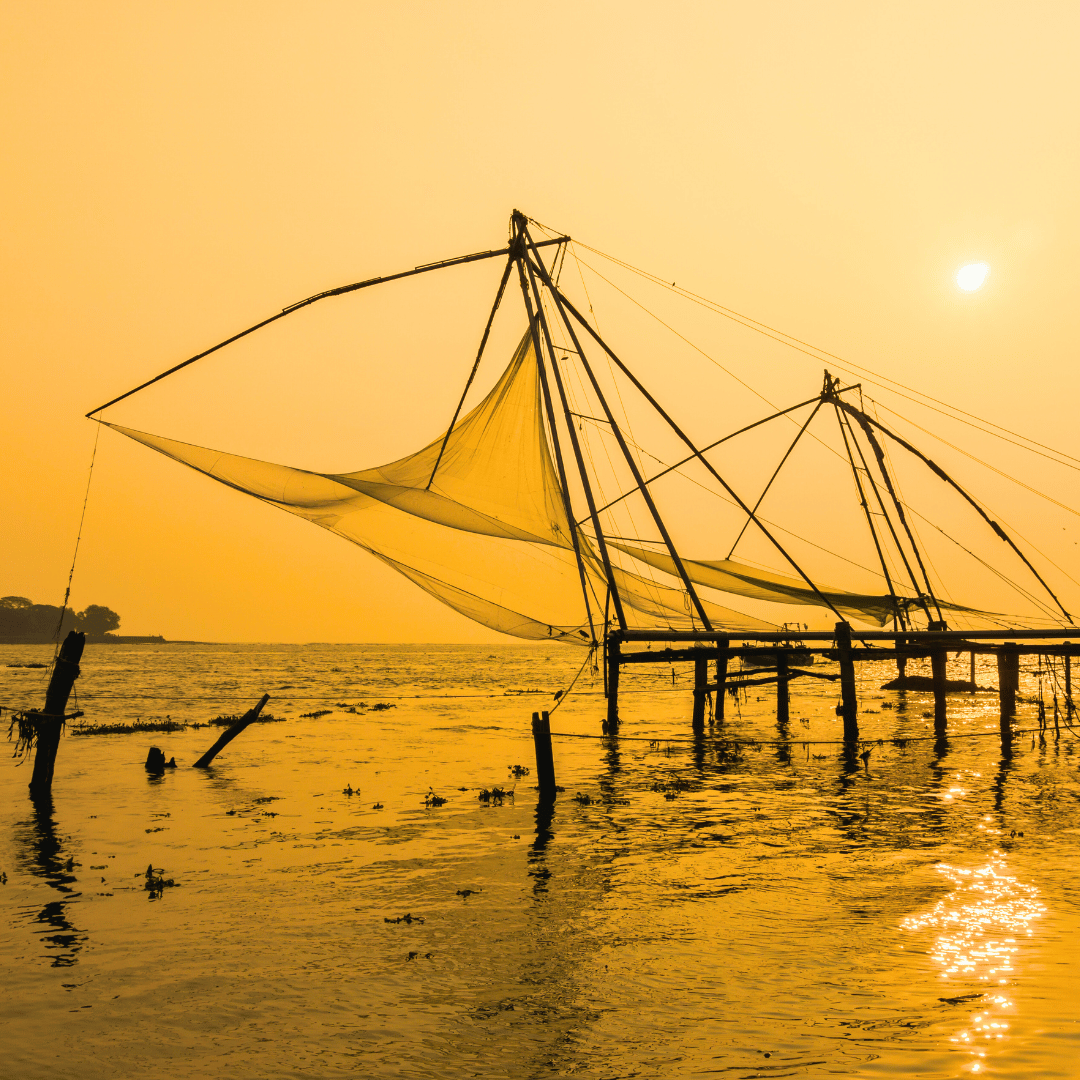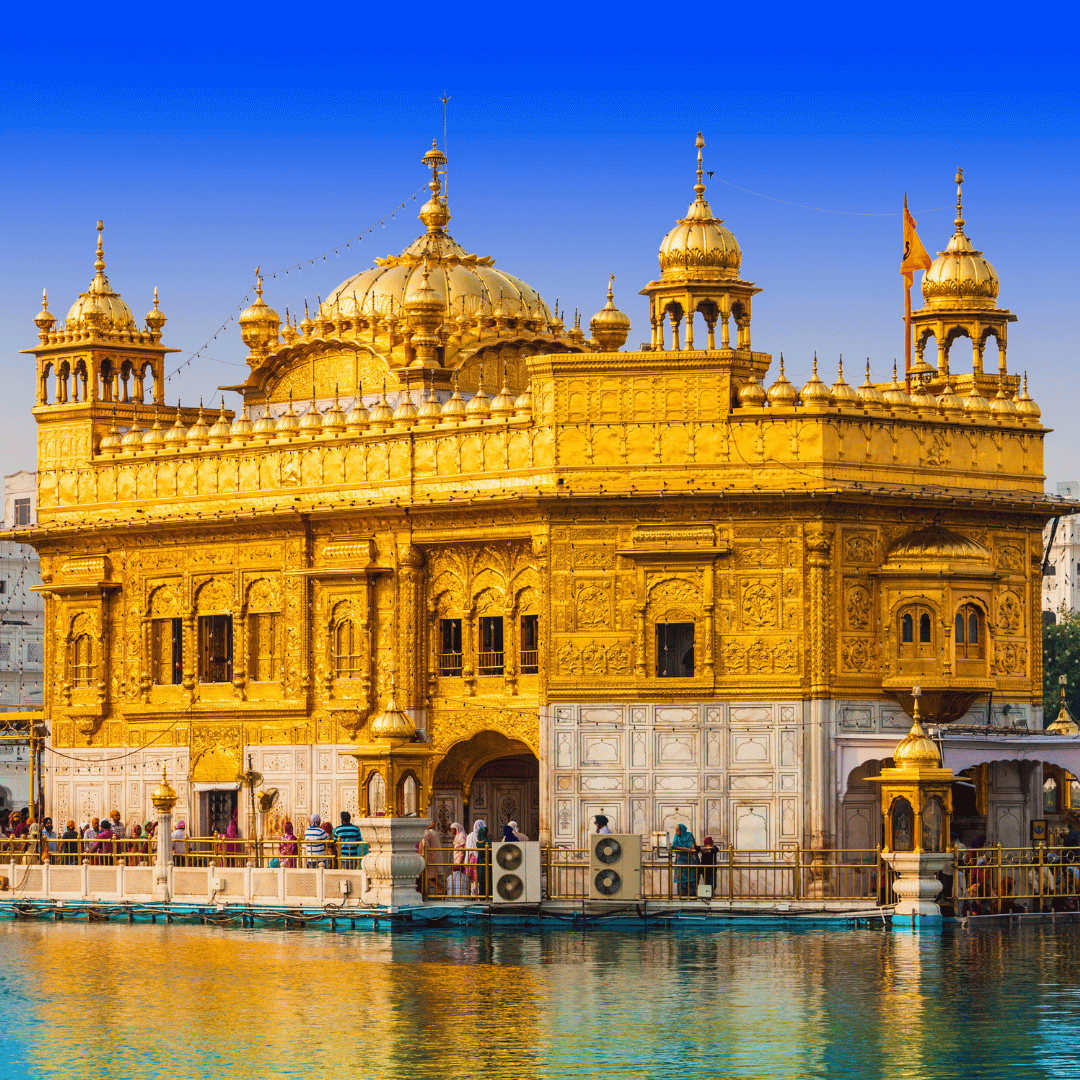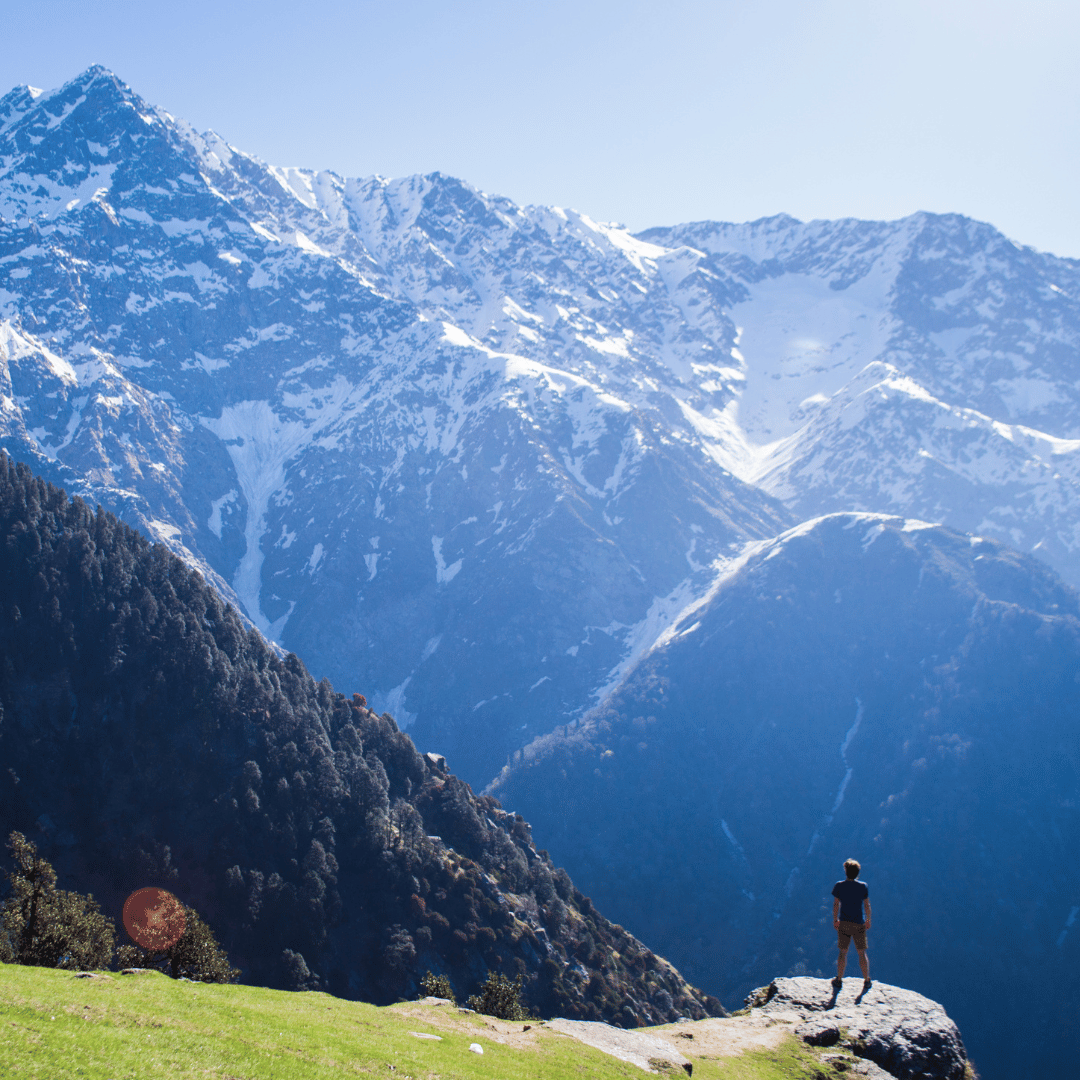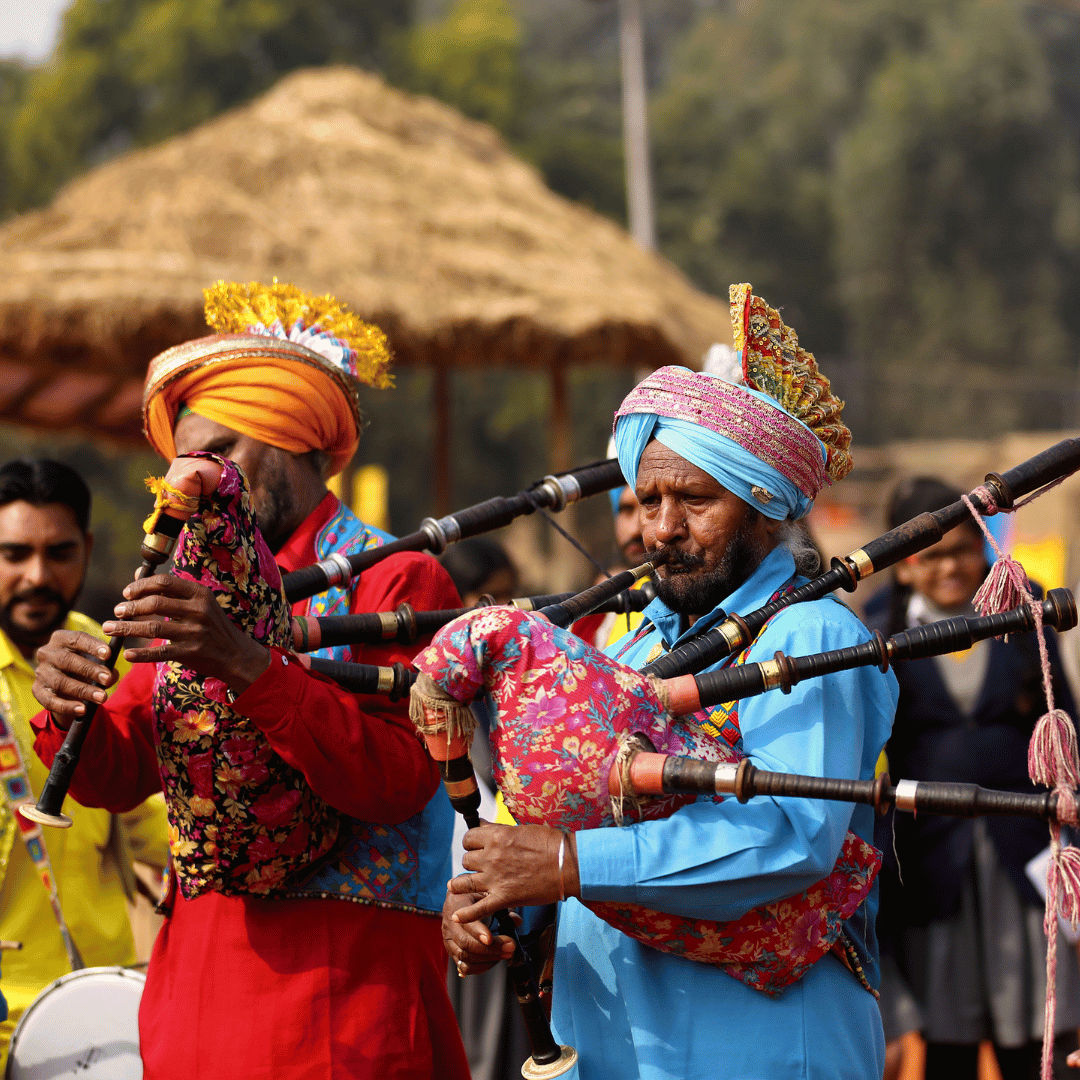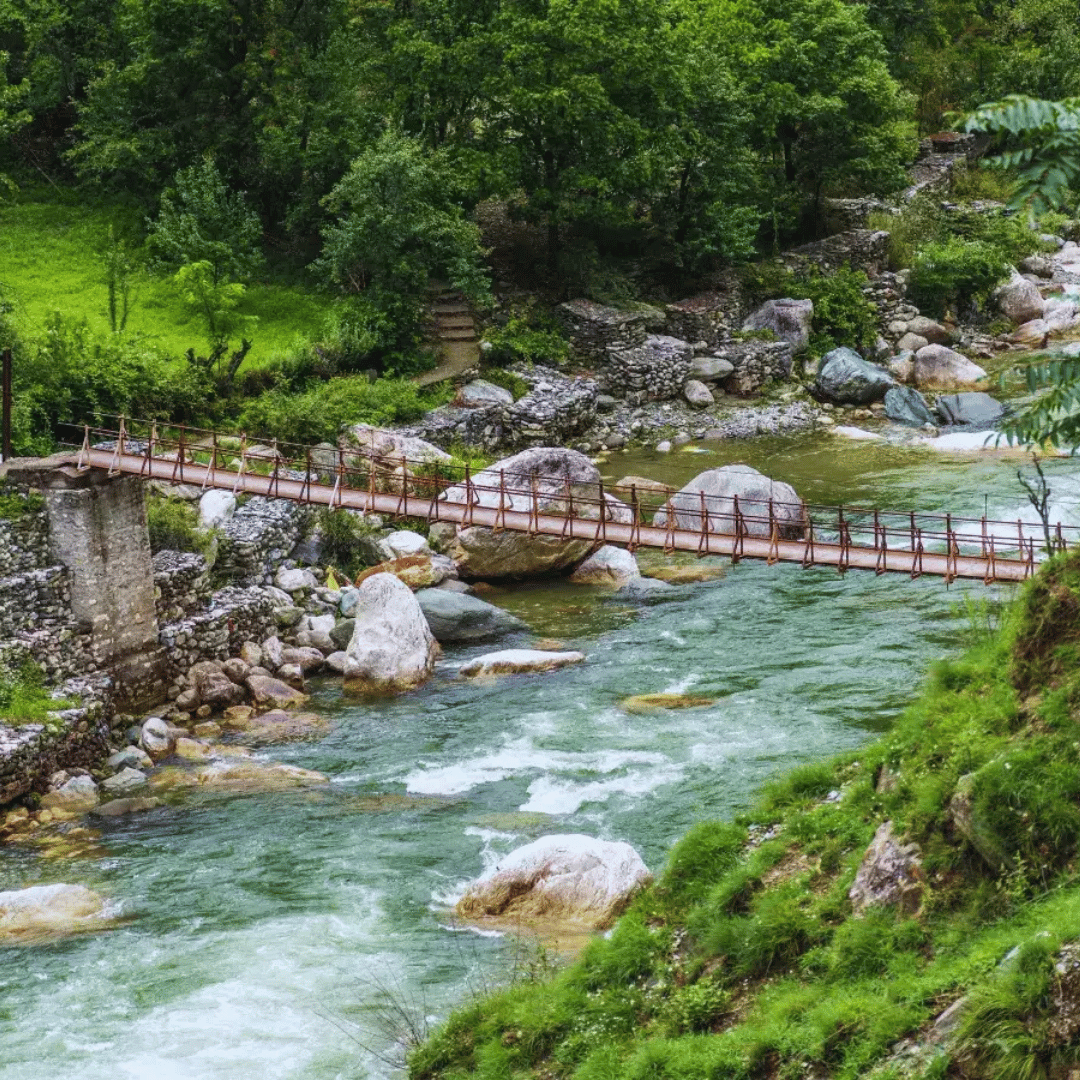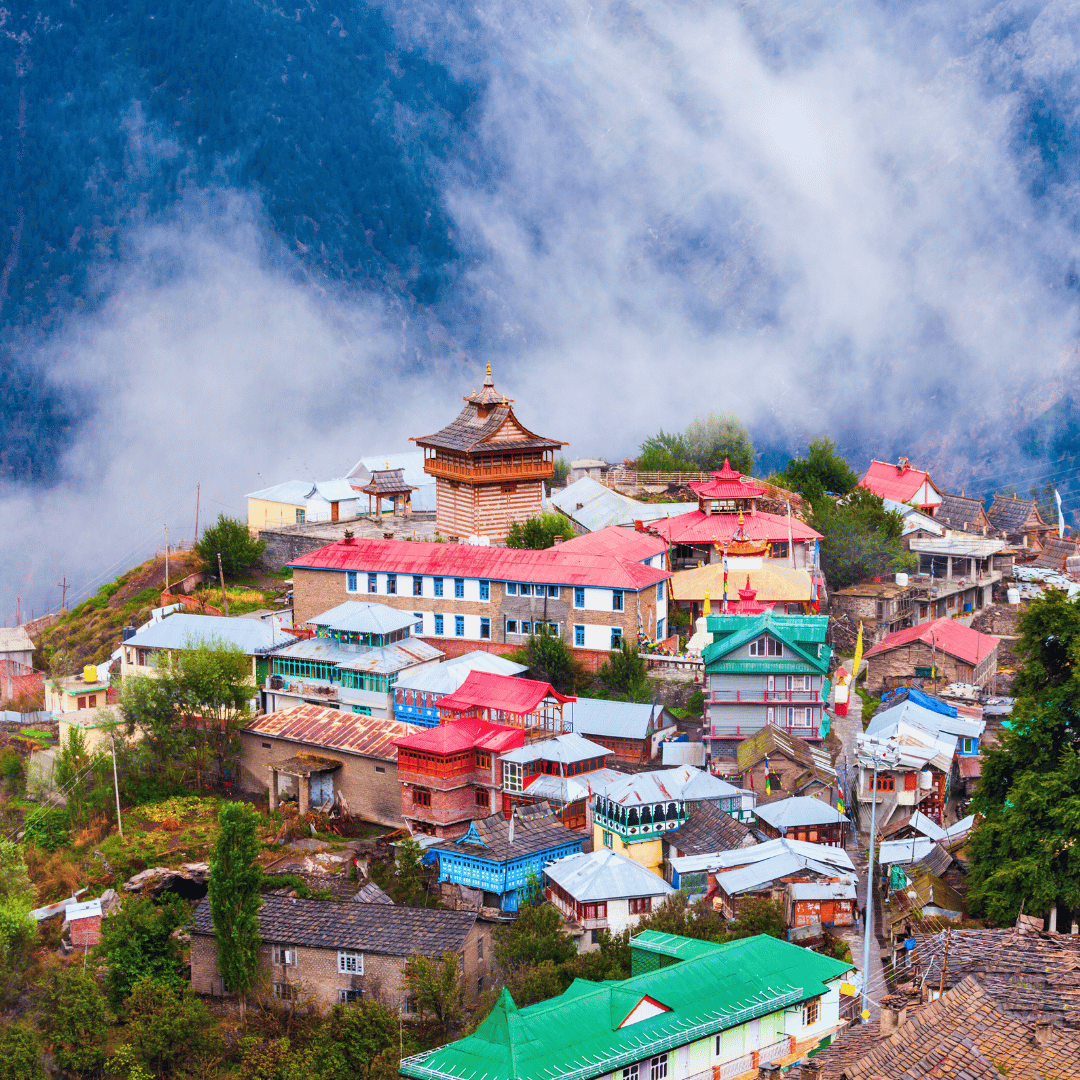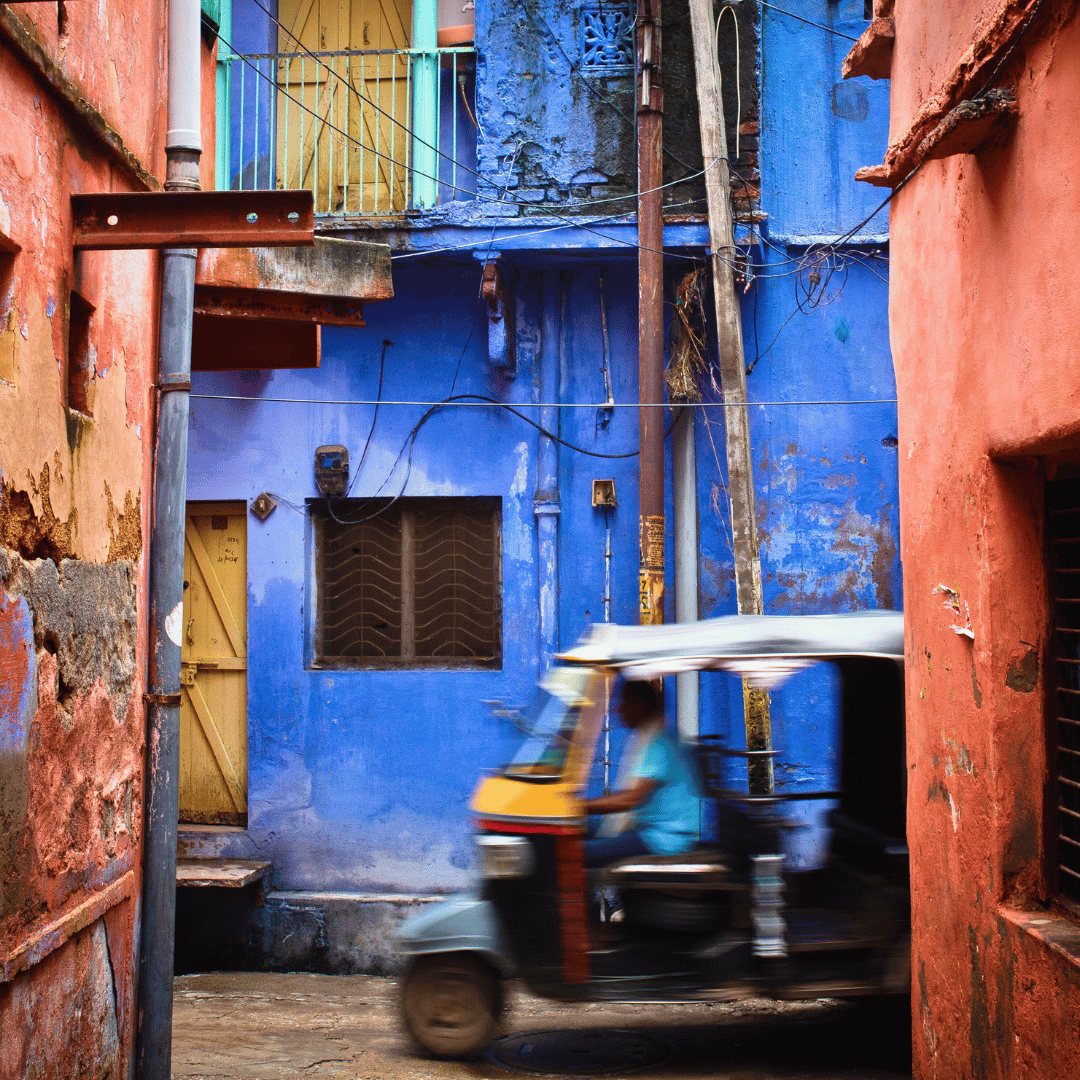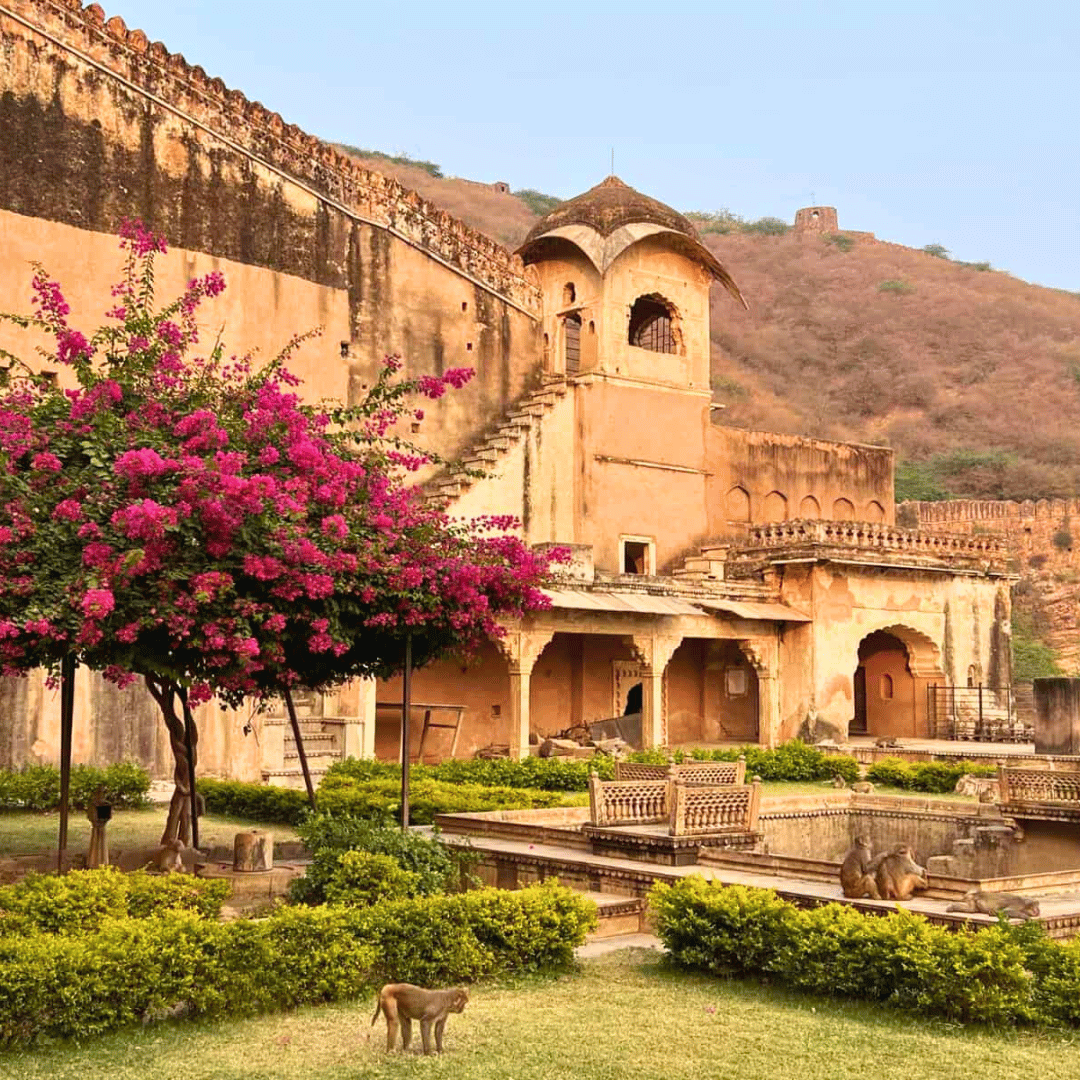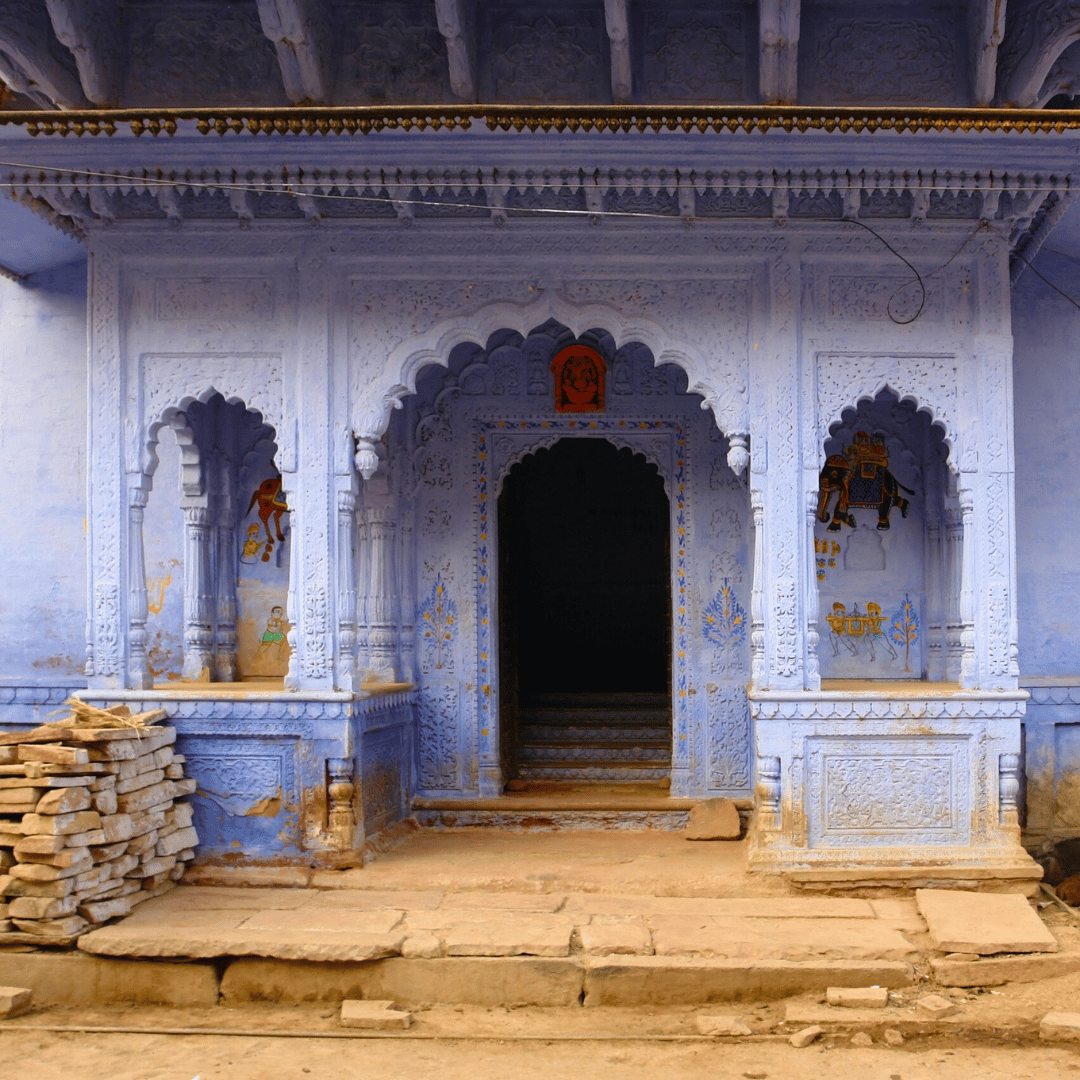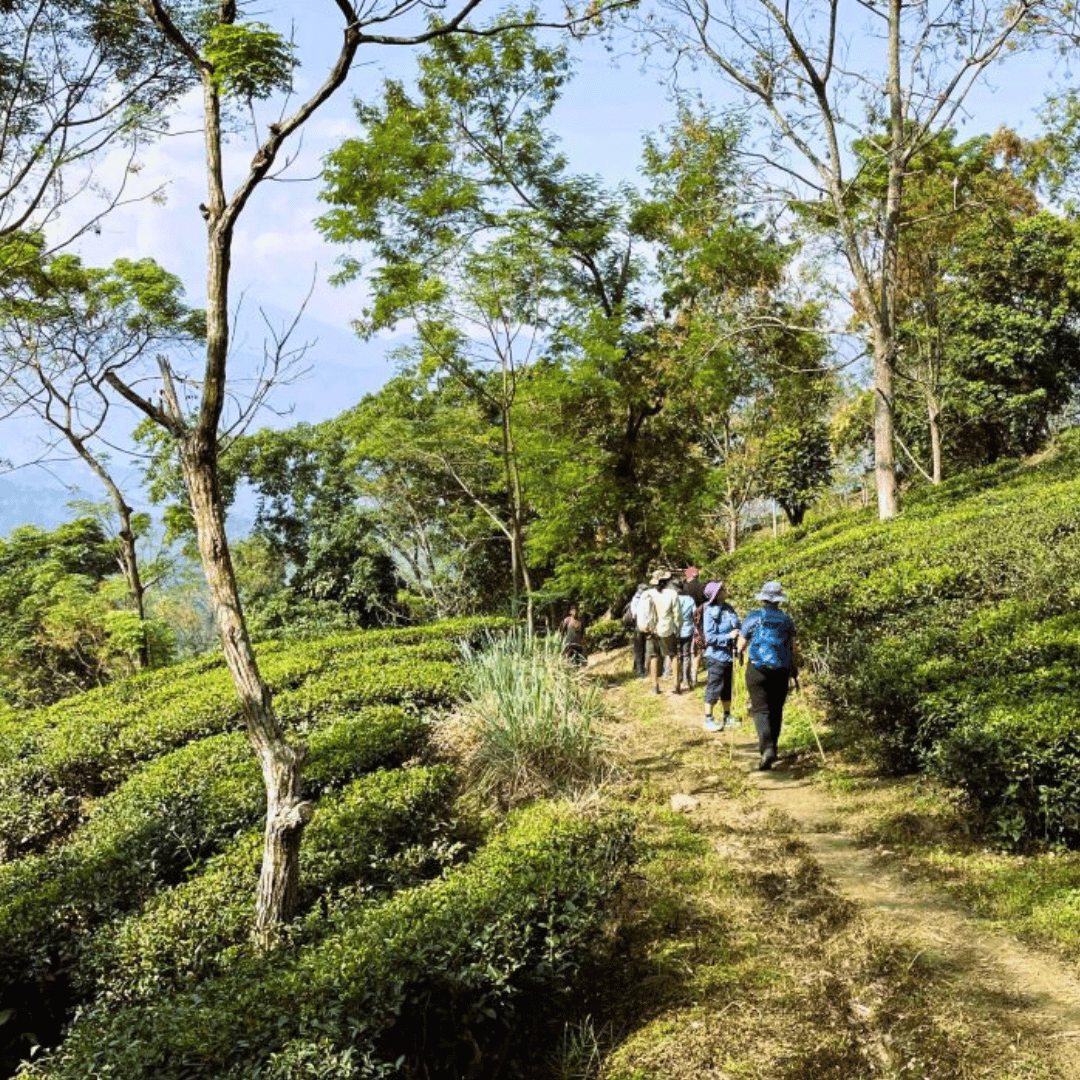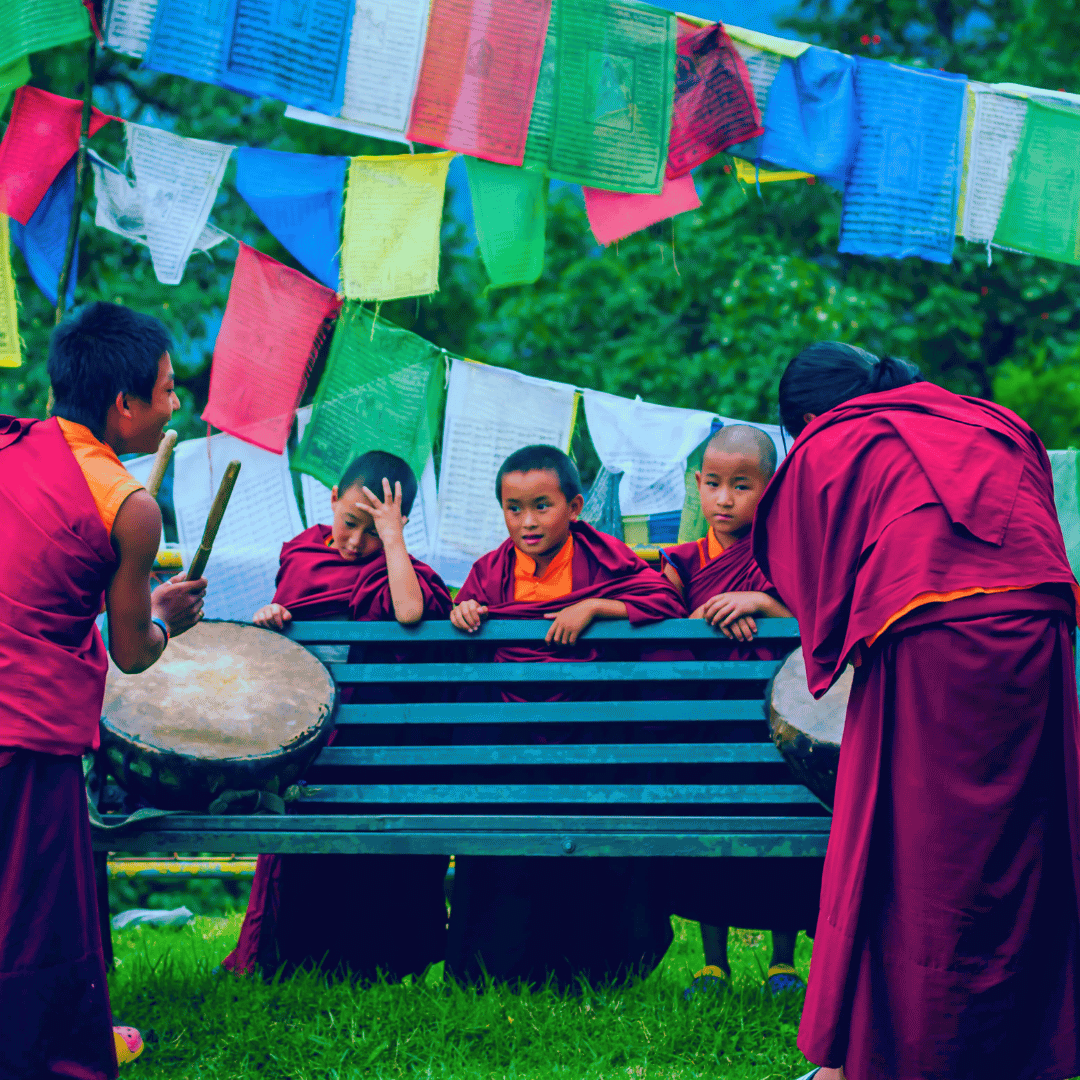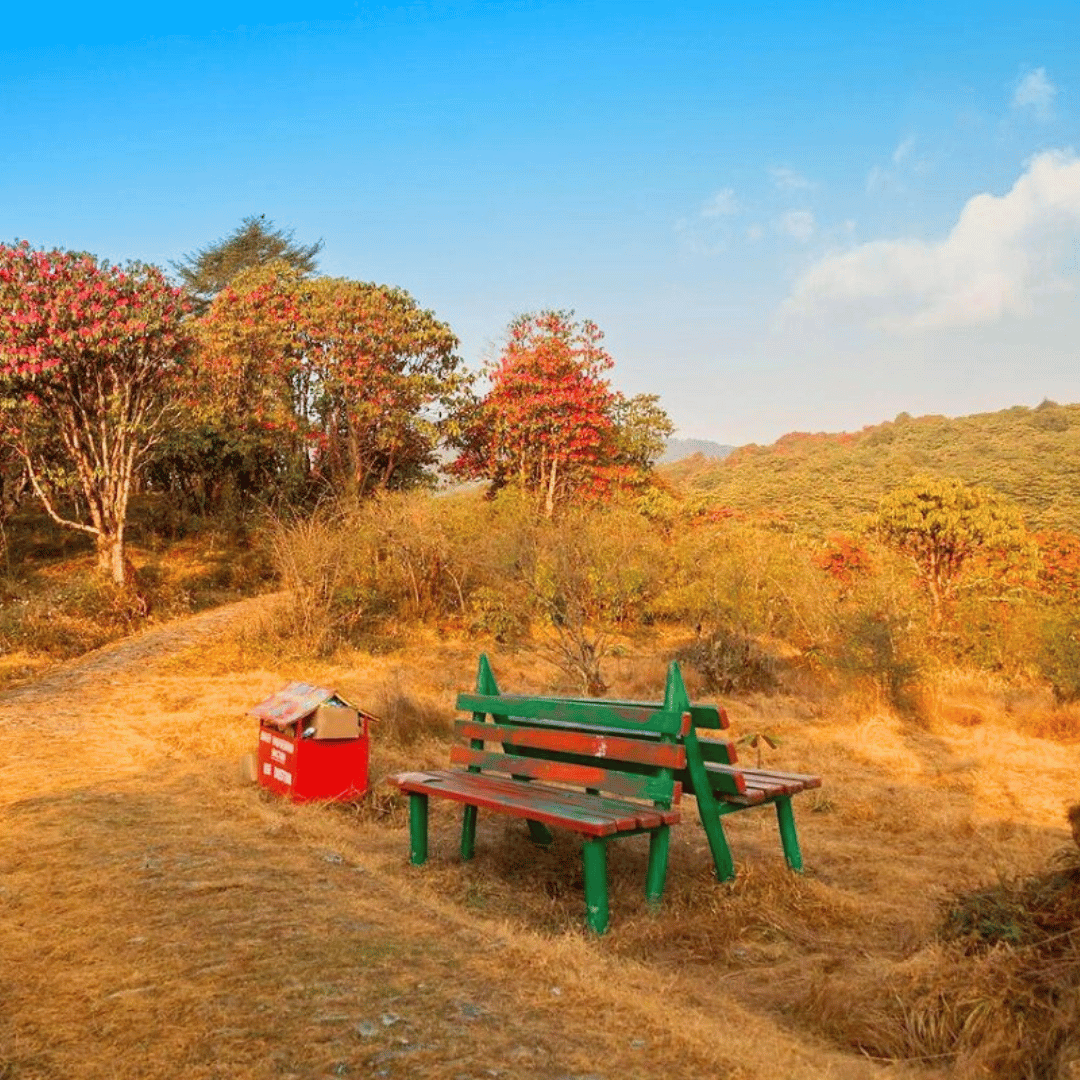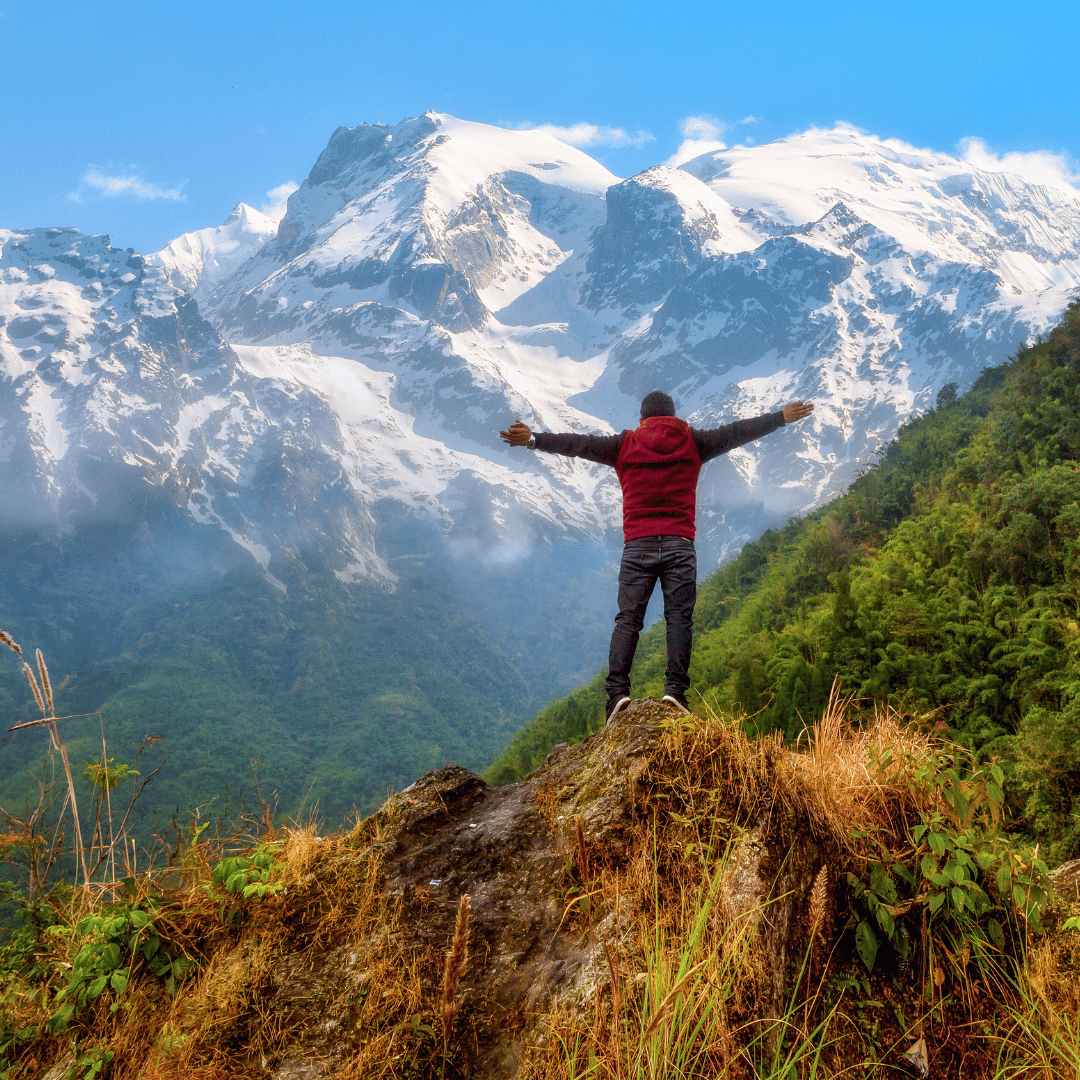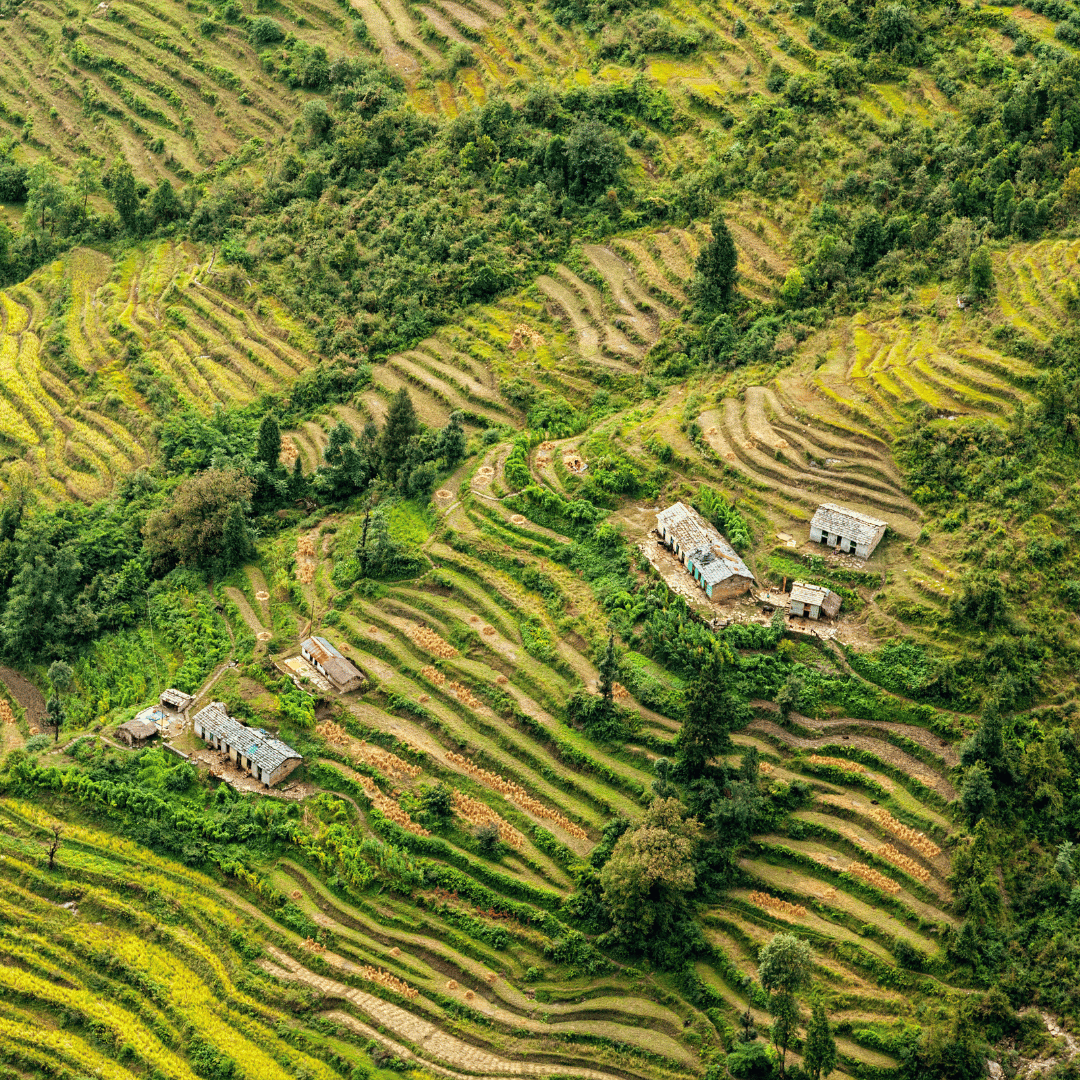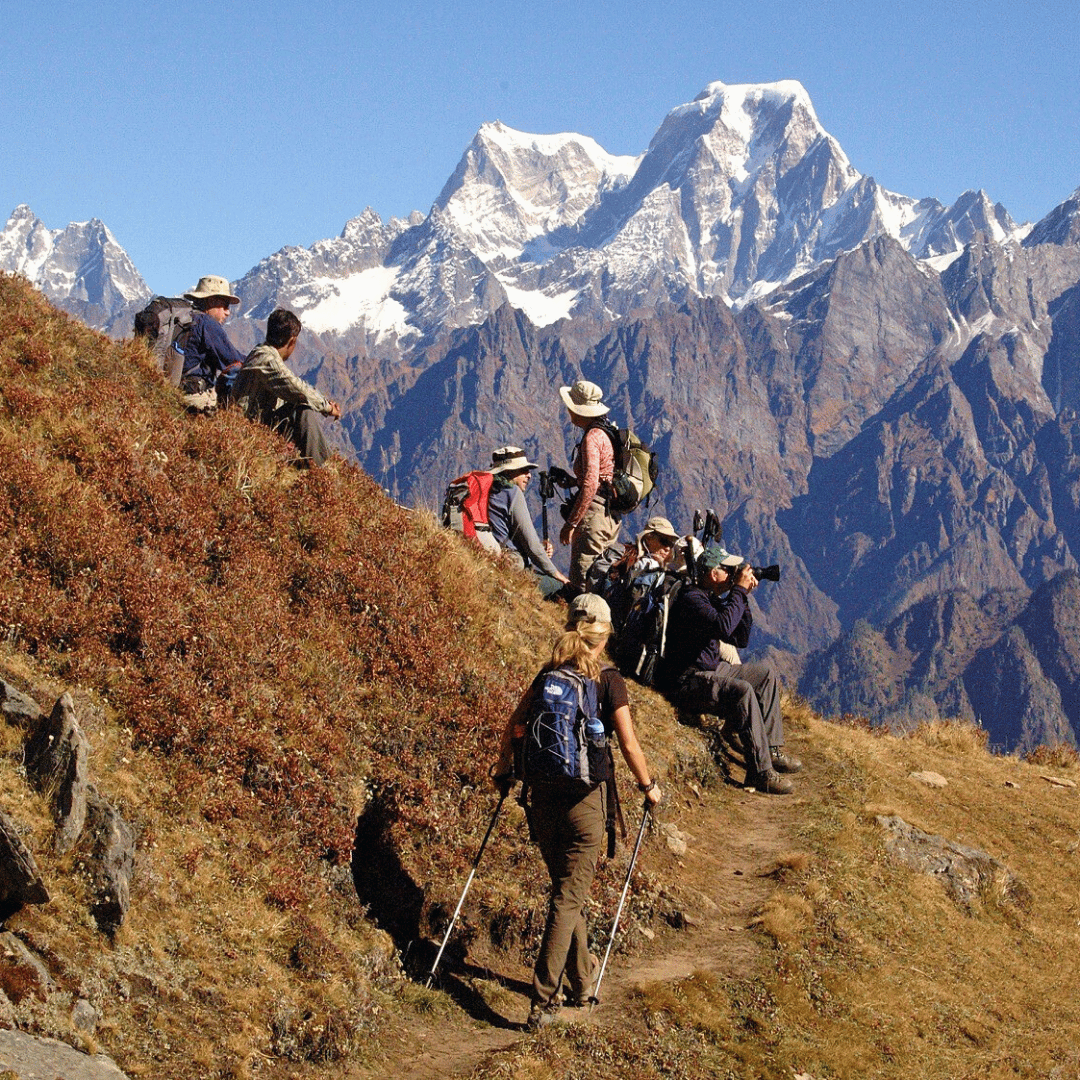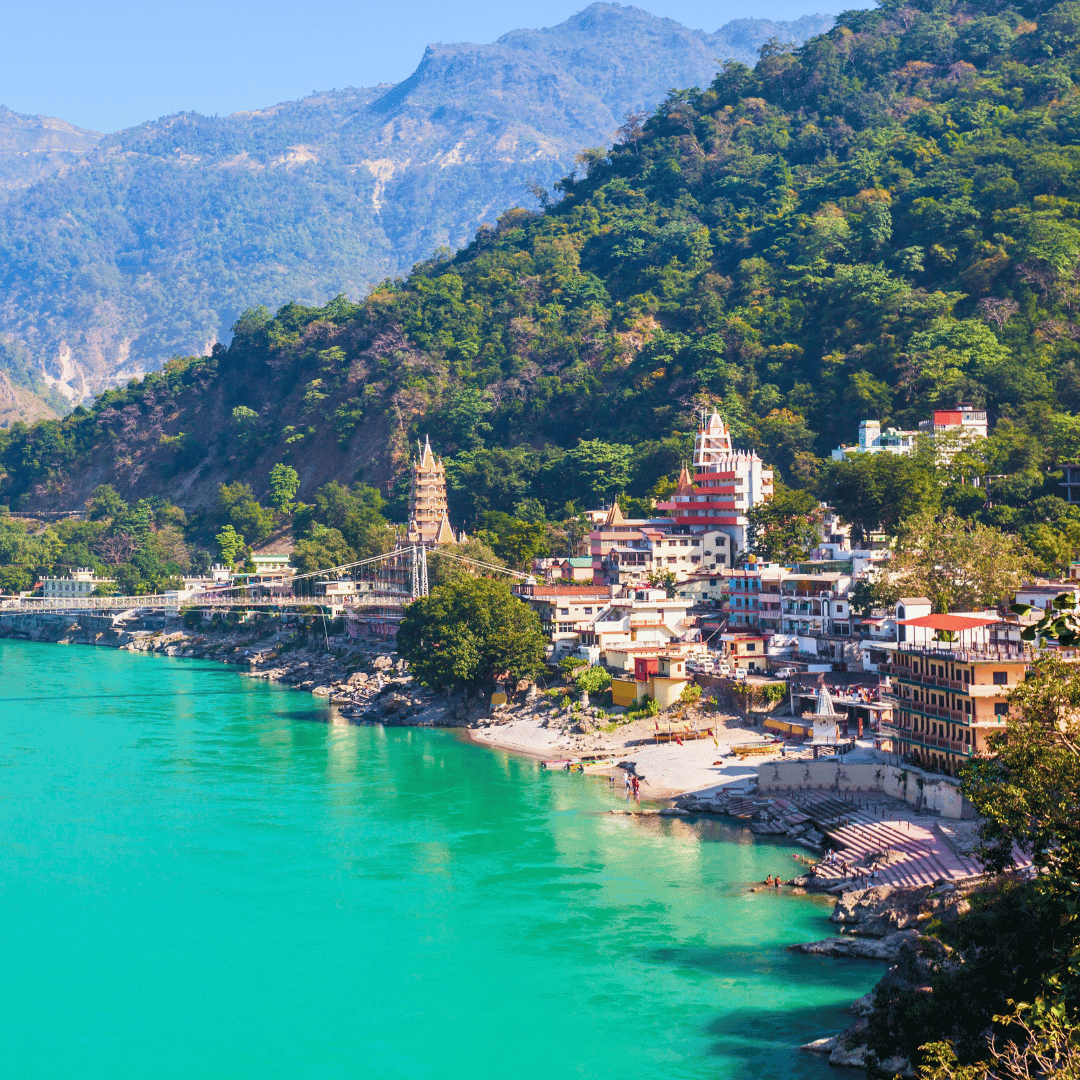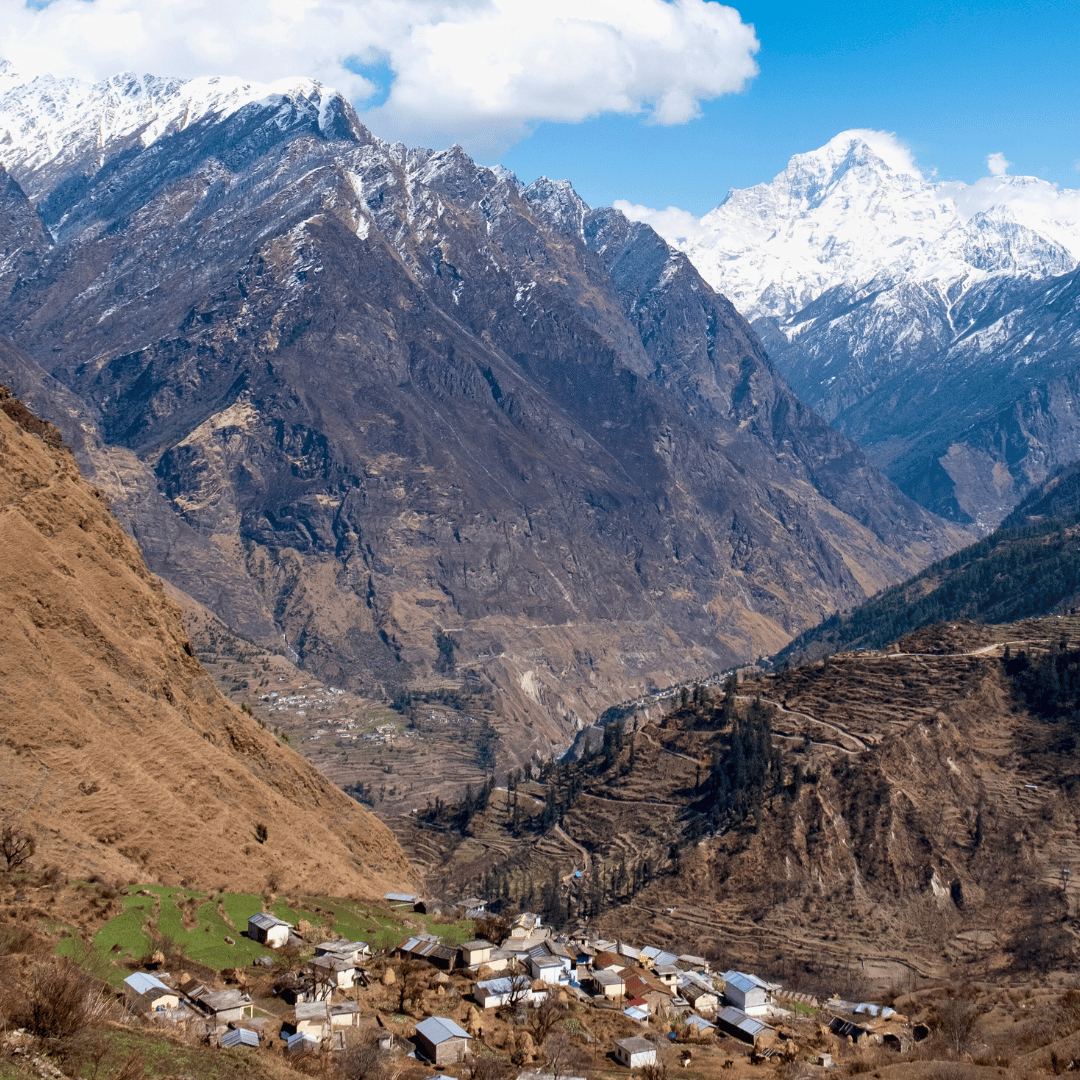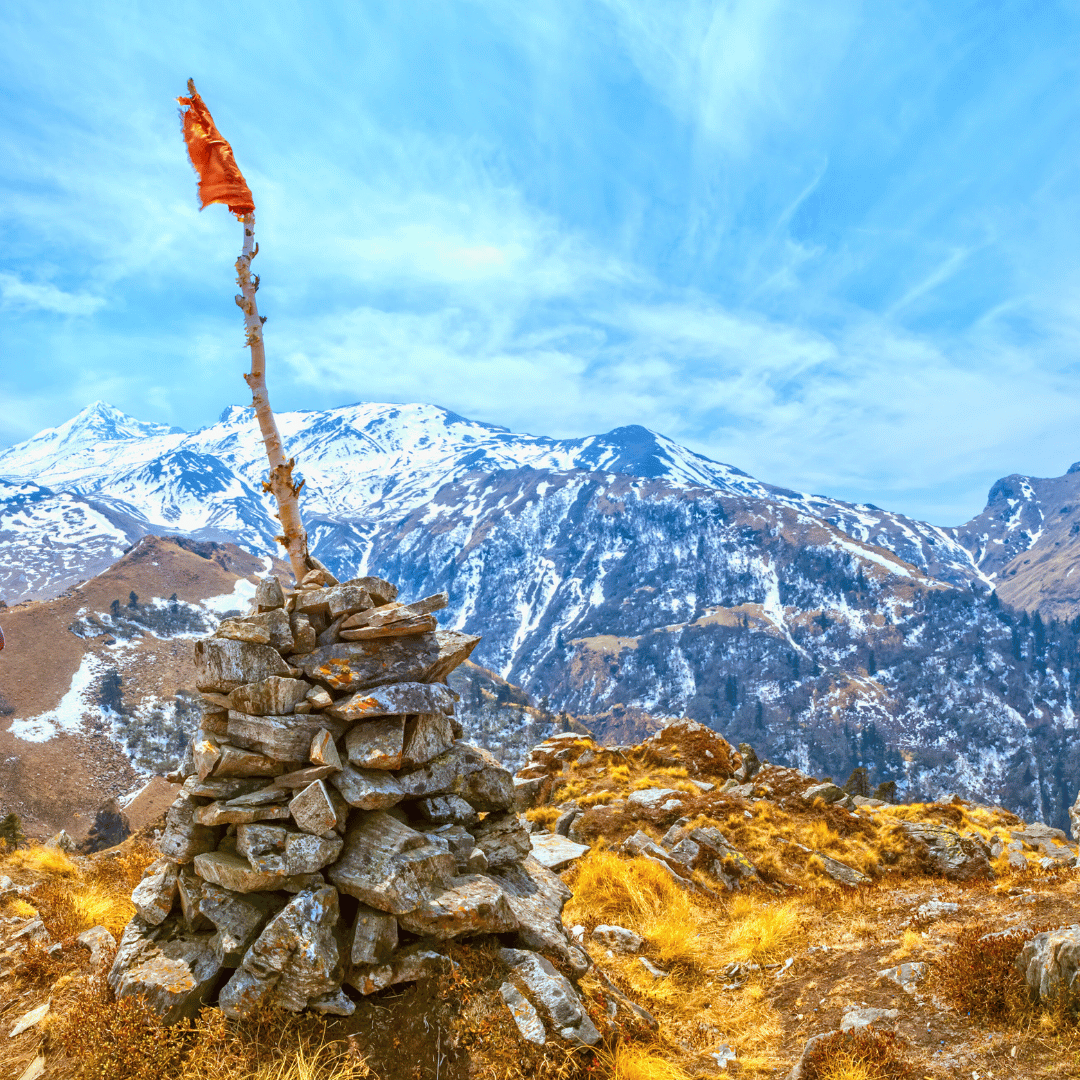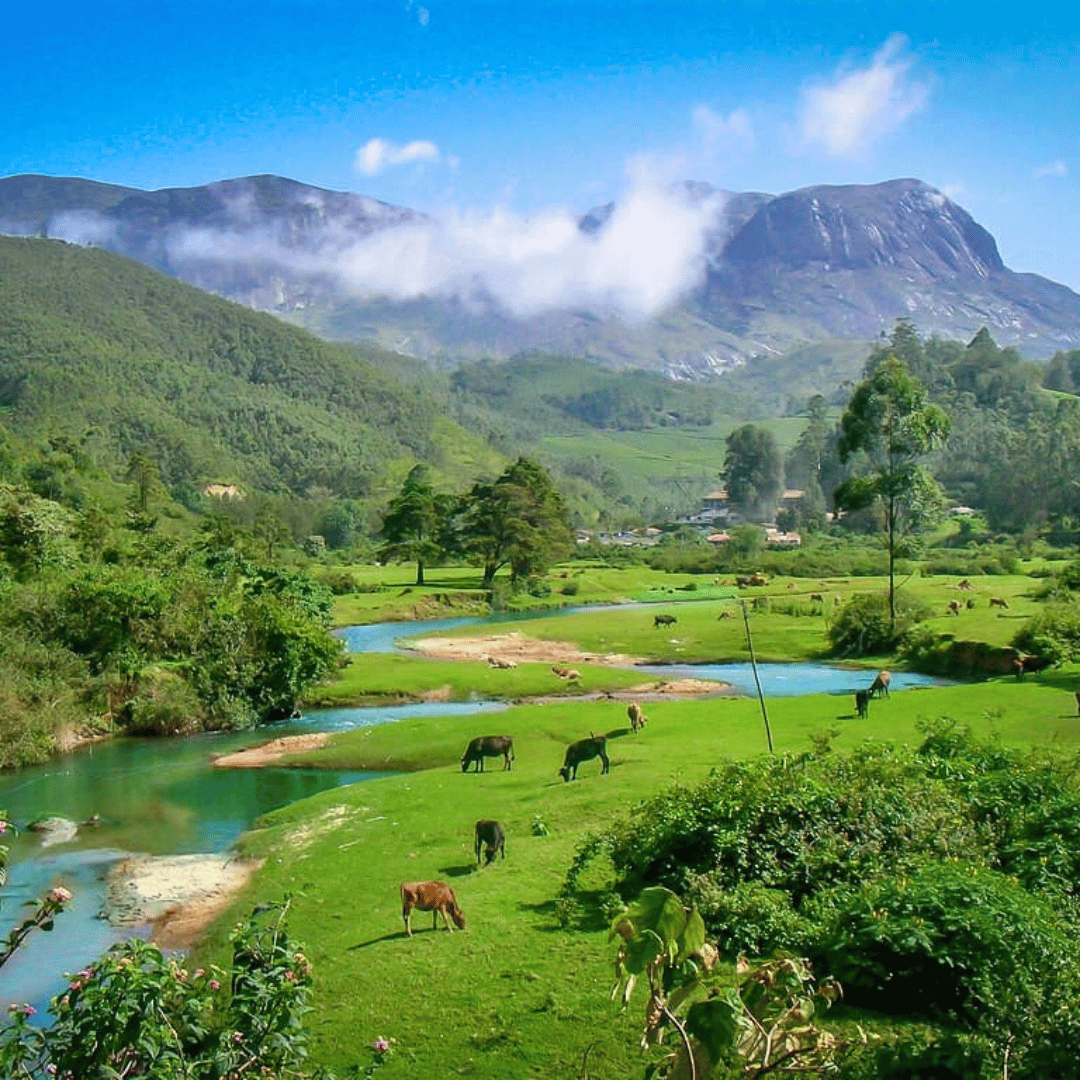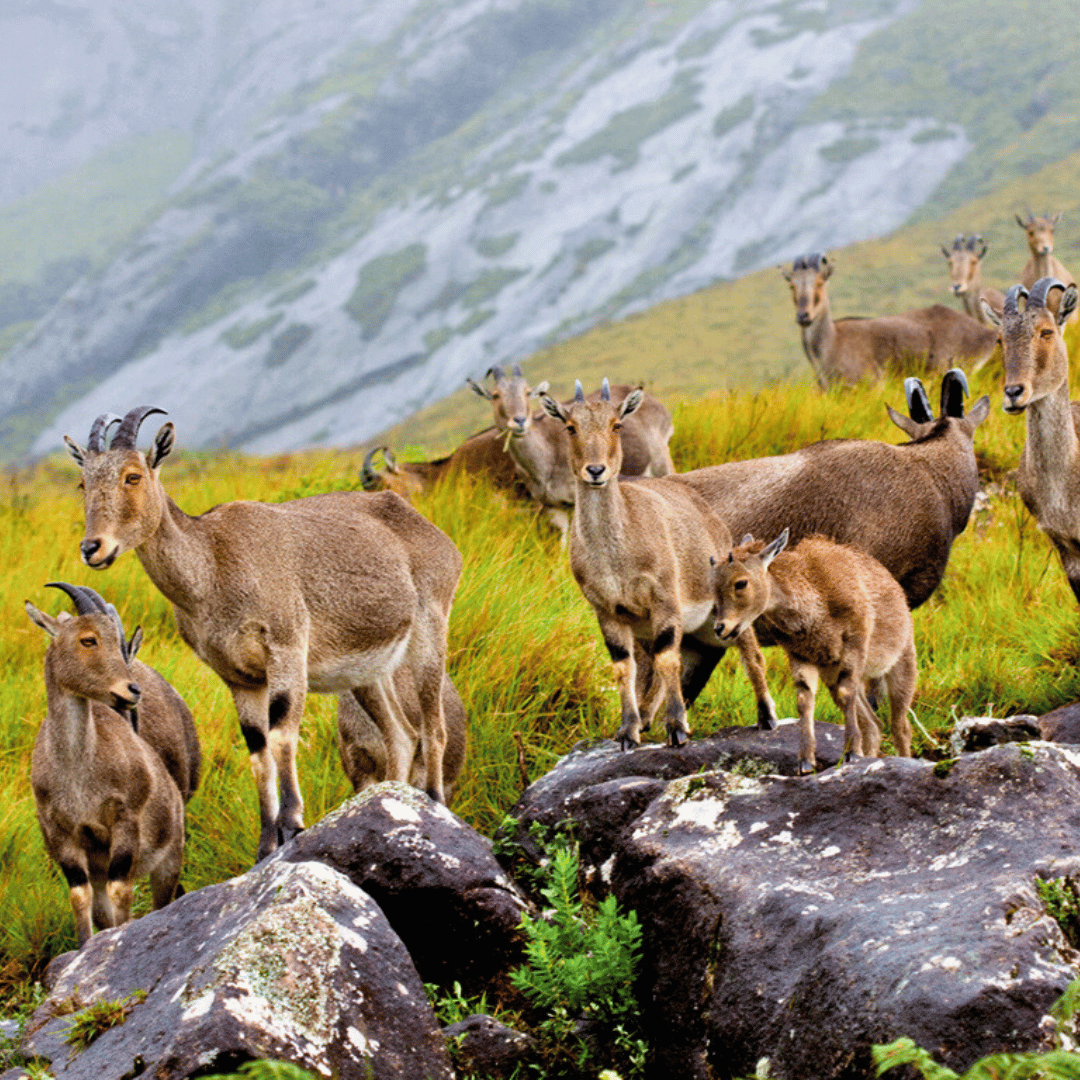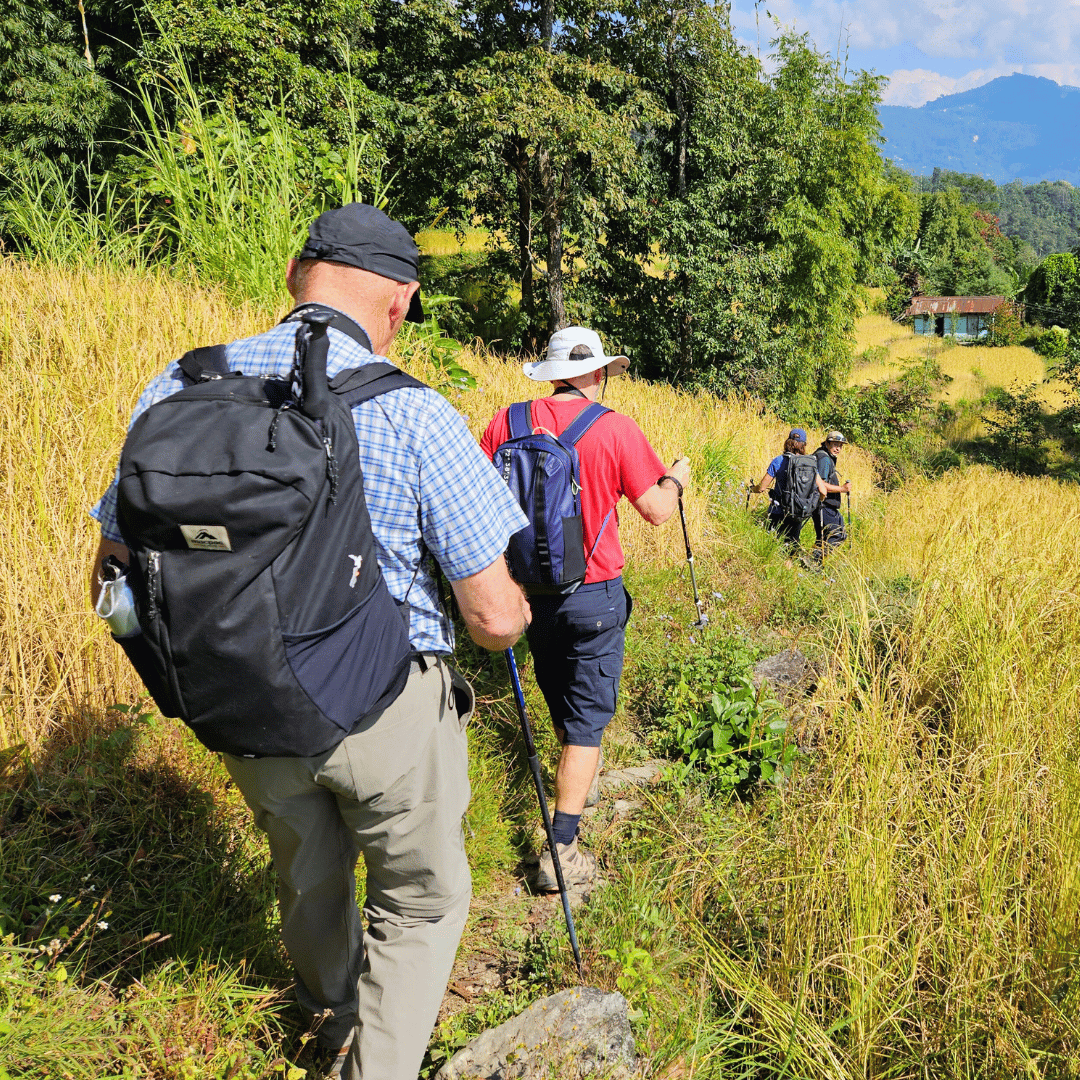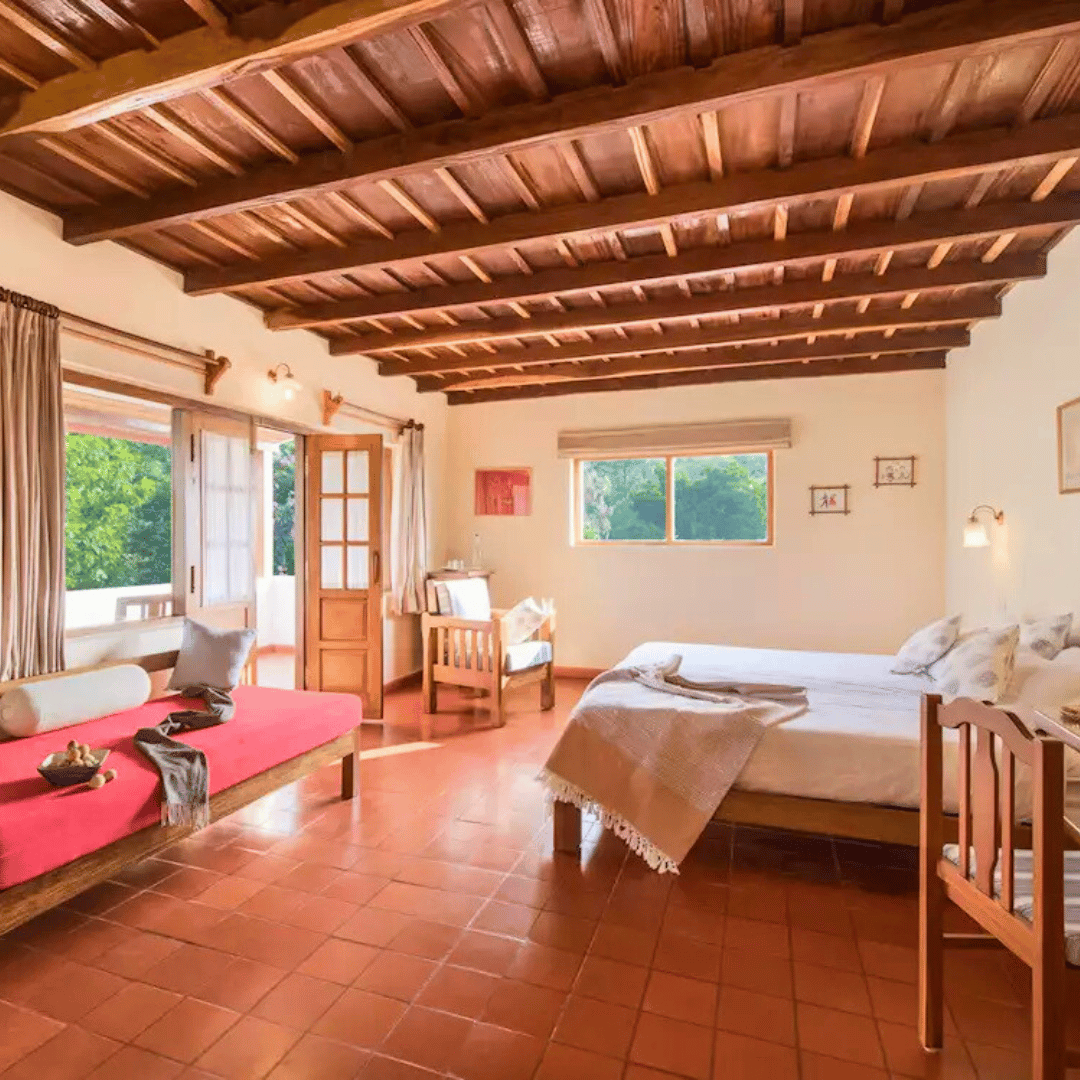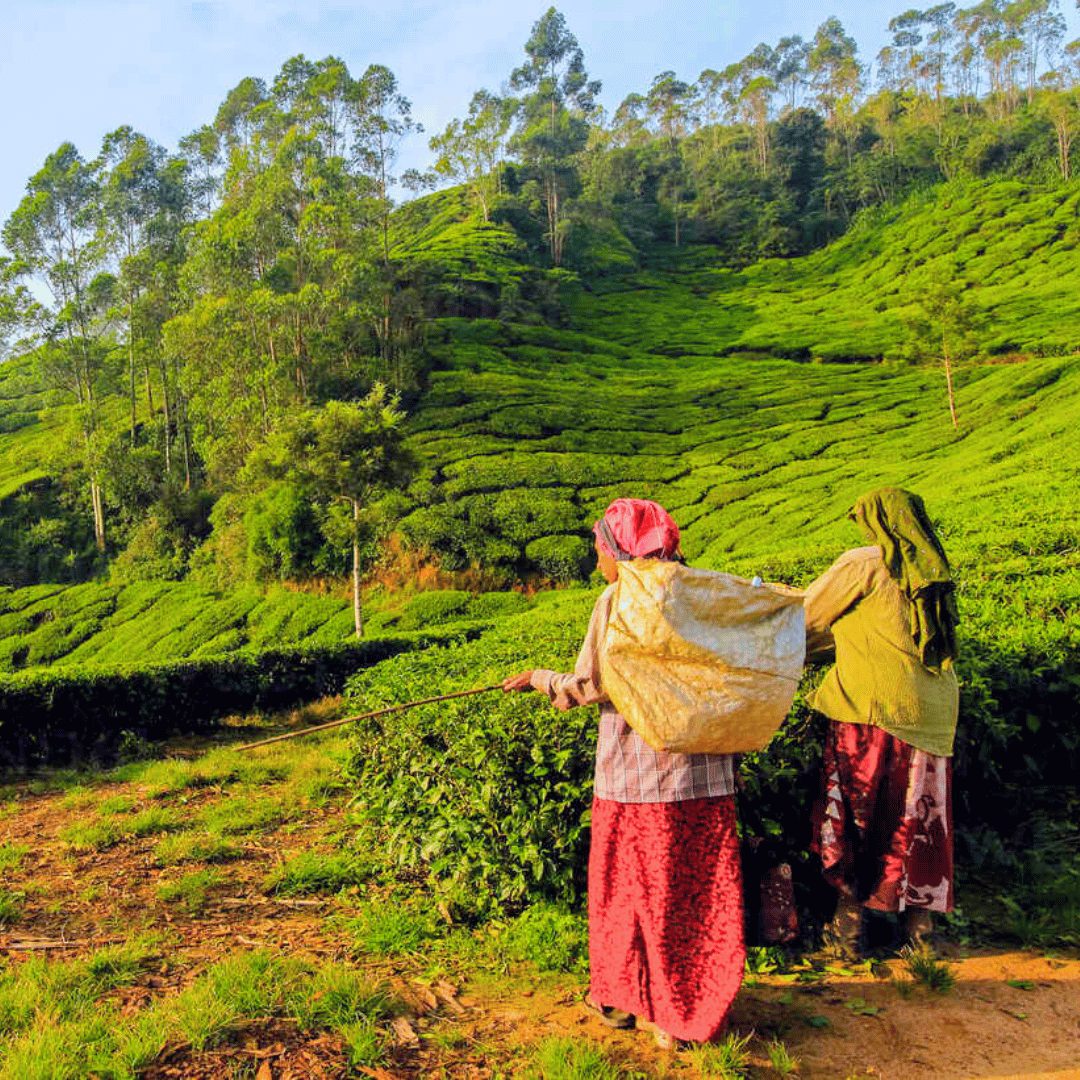South West India Tour Itinerary
-
Welcome to India! On arrival, you’ll be met at the airport and transferred to your accommodation in Cochin, a city shaped by centuries of maritime trade and cultural exchange.
Located on the Arabian Sea in the state of Kerala, Cochin (also known as Kochi) has long served as a major port and entry point to South India. From the 14th century onwards, it became an important hub for the spice trade, attracting traders from Arabia, China and later Europe. The Portuguese were the first Europeans to establish control here in 1503, followed by the Dutch and eventually the British. Each left behind distinct influences, seen in the architecture, religious sites and layout of the old city.
Today, Cochin is a blend of layered histories and everyday life. Fort Cochin, the historic quarter, is known for its colonial-era buildings, tree-lined streets, Chinese fishing nets and places of worship including churches, mosques and the country’s oldest active synagogue. Depending on your arrival time, you may like to explore the local area on foot or enjoy a relaxed introduction to Kerala’s cuisine at one of the city’s many cafés or waterfront restaurants.
-
Fort Cochin offers a gentle introduction to Kerala, with its coastal setting, relaxed pace and layered colonial history. Once a thriving port and centre of trade, it became a much-contested prize among European powers. The Portuguese established their base here in the early 1500s, followed by the Dutch and later the British. Each colonial power left behind architectural and cultural traces that still shape the character of the town today.
This morning, set out on a guided sightseeing tour to explore Fort Cochin’s historical and cultural highlights. The area is best discovered on foot, with quiet streets, shady trees and a mix of Dutch, Portuguese and British-era buildings. Visit St Francis Church, the oldest European church in India, where Vasco da Gama was once buried. Stop by the Santa Cruz Basilica, known for its vaulted ceiling and pastel interiors, and walk past the still-functioning Chinese fishing nets along the waterfront - a legacy of early Chinese traders.
You can also visit the Dutch Cemetery, the Indo-Portuguese Museum or the nearby Mattancherry Palace, also known as the Dutch Palace, which contains murals depicting scenes from the Ramayana and portraits of the former rulers of Cochin. The Paradesi Synagogue, dating back to 1568, is also a short distance away in the old Jewish quarter.
The town has a thriving café and gallery culture, and you may wish to spend some time browsing local boutiques, handicraft stores or bookshops. There are also several small museums, artist-run spaces and design studios scattered throughout the area. With its walkable layout and varied architecture, Fort Cochin offers a relaxed but engaging introduction to the broader cultural heritage of the region.
-
Enjoy a relaxed morning before transferring to the station to board the train to Kannur, a coastal town in northern Kerala with a long and layered history. Widely believed to be the site of the ancient port of Naura, Kannur was once an important centre for maritime trade, with connections to Arabia, East Africa and beyond. According to some accounts, it was from here that King Solomon’s ships procured timber for the construction of the temple in Jerusalem.
On arrival, settle into your accommodation, where you’ll be hosted in a peaceful, family-run setting offering home-cooked meals made with fresh local produce, including a variety of seafood dishes. The guesthouse is just a short walk from a quiet beach, perfect for an early morning stroll or a swim at sunset.
You’ll have two days here with time to experience some of the region’s distinctive traditions and ways of life. One of the most powerful and visually striking cultural experiences in this part of Kerala is Theyyam - a ritual performance unique to northern Malabar. More than just a dance or spectacle, Theyyam is a living religious tradition where performers, often from lower castes, embody local deities through elaborate makeup, ornate costumes and intense, trance-like movement. The rituals take place in small shrines or sacred groves, often late at night or in the early morning, accompanied by drumming and chanting. Audiences gather not to observe passively but to receive blessings, seek guidance or honour ancestral spirits.
The exact timing and location of Theyyam performances vary with the festival calendar, but when they do occur, attending one offers a rare insight into a pre-Hindu ritual system that continues to thrive in the villages of northern Kerala.
-
Enjoy a full day at leisure in Kannur, a coastal town that offers a blend of relaxed atmosphere, local character and cultural depth. You may wish to start your day with a walk to the nearby beach, just a few minutes from your accommodation. The long stretches of coastline here are often quiet, making them ideal for swimming, reading or simply unwinding.
If you're inclined to explore further, Kannur has several interesting places worth visiting. The Arakkal Museum, housed in the former palace of the Arakkal family - Kerala’s only Muslim royal lineage - offers a glimpse into the maritime history and trading legacy of the region. Nearby, you can also visit St Angelo Fort, a well-preserved 16th-century structure built by the Portuguese and later expanded by the Dutch and British. Set on a headland overlooking the Arabian Sea, the fort offers panoramic views and a chance to walk through centuries-old ramparts.
Kannur is also known for its handloom industry. You could visit a local weaving co-operative to observe traditional methods of spinning, dyeing and weaving, which still support many families in the area. The region’s cotton textiles, especially sarees and home furnishings, are appreciated for their quality and understated design.
Another option is to take a short drive to Parassinikkadavu, where you’ll find the Muthappan Temple - dedicated to a deity unique to northern Kerala. Here, ritual performances and offerings take place daily, blending local religious customs with theatrical elements. The nearby Snake Park houses a collection of reptiles and runs a small conservation and education programme.
Alternatively, you may simply prefer to spend the day enjoying the slow pace of life, reading by the sea, watching fishing boats come in, or enjoying a traditional Kerala meal prepared with local seafood and seasonal vegetables.
-
Depart this morning for the drive to Wayanad, a journey of approximately five to six hours through winding roads, forested hills and rural villages. As you leave the coast behind, the scenery begins to shift - the air grows cooler and the landscape becomes more varied, with occasional glimpses of waterfalls, tea gardens and forest reserves along the way.
Wayanad, located in the north-east corner of Kerala, sits on the edge of the Western Ghats and is one of the state’s most scenic and ecologically rich districts. The region is known for its dramatic mountain terrain, fertile valleys, and widespread rice paddies that shimmer with vibrant green during the growing season. It has a long agricultural history and is also one of Kerala’s key producers of pepper, coffee and cardamom.
In addition to its natural beauty, Wayanad is home to a number of tribal communities, ancient temples, and prehistoric caves. The area offers a quiet and rural atmosphere, far removed from the busier towns of the coast. Depending on your interests, there may be opportunities during your stay to take short hikes, visit spice plantations, or explore local villages. The Edakkal Caves, featuring rock carvings believed to date back over 6,000 years, are one of the region’s most important archaeological sites and offer insight into early human settlement in the area.
The rest of the day is at leisure, allowing you to settle in and enjoy the peaceful surroundings of this highland region.
-
Spend a full day enjoying the landscape and natural beauty of Wayanad, one of Kerala’s most picturesque and ecologically diverse regions. Surrounded by forested hills, winding streams and patchworks of rice fields and plantations, Wayanad offers plenty of opportunities to slow down, explore, or simply take in the views. If you’re keen to venture out, there are several ways to experience the region’s natural and cultural heritage.
A popular option is to visit Banasura Sagar Dam, the largest earthen dam in India. Set against a backdrop of misty hills, the reservoir is a peaceful spot to walk, take a short boat ride, or just enjoy the views. Nearby, you can also explore small spice and coffee plantations where farmers grow pepper, cardamom and areca nut using traditional methods.
For a gentler pace, consider a short village walk or a visit to a local craft centre. Wayanad is home to several indigenous communities, and some local initiatives offer insight into traditional ways of living, including basket weaving, herbal medicine and farming practices.
Alternatively, you may prefer to stay close to your accommodation - many lodges and guesthouses in the region are surrounded by forest or farmland and provide a restful setting for birdwatching, reading, or taking a quiet walk through the nearby fields and trails. Whether active or relaxed, today is a chance to experience the distinctive atmosphere of Kerala’s highland interior.
-
After breakfast, begin the drive towards Kabini, a journey of around four to five hours through rural Karnataka. Your destination is the Kabini River and its surrounding forest reserve, one of the best-known wildlife regions in southern India.
Part of the Nagarhole National Park and the larger Nilgiri Biosphere Reserve, Kabini was once the private hunting ground of the Maharaja of Mysore and a favoured location for British and Indian nobility. Today, it has been transformed into a protected wildlife area, covering more than 640 square kilometres of dense forests, open grasslands, steep valleys and waterways.
Kabini is especially known for its large population of Asian elephants, which often gather in significant numbers near the reservoir during the dry season. The park is also home to gaur (Indian bison), sambar and chital deer, barking deer, wild boar, sloth bears and troops of langur. With some luck and patience, sightings of leopards and even tigers are also possible. The Kabini River itself supports a population of mugger crocodiles and attracts a wide range of birdlife, with more than 250 species recorded in the area - from fish eagles and storks to hornbills and kingfishers.
You’ll spend the next two days exploring this rich natural environment, with guided jeep safaris scheduled at dawn and dusk - the best times to observe wildlife as animals are most active in the cooler hours. In between, there’s time to relax at your lodge or watch for birds and animals from the comfort of your surroundings, as the sounds and rhythms of the forest unfold across the day.
-
Enjoy a full day in Kabini, one of South India’s most rewarding wildlife destinations, located along the banks of the Kabini River and within the larger Nagarhole National Park. This region offers a rich mix of forest, grassland and riverine ecosystems, making it an excellent location for both wildlife viewing and quiet immersion in nature.
Optional jeep safaris are available in the early morning and late afternoon, when animal activity is at its peak. You might also choose a boat safari along the river, which provides a different perspective of the park and is ideal for spotting birds, crocodiles and herds of elephants as they come down to the water’s edge.
If you’re after a slower-paced experience, there are walking trails around the buffer zones of the park, guided by naturalists who can point out animal tracks, local plants and bird calls. Birdwatchers will find Kabini particularly rewarding, with sightings that might include crested serpent eagles, Malabar trogons, kingfishers and a variety of waterbirds.
Many lodges and eco-resorts in the area offer activities such as coracle rides on the river, visits to local farming communities or cooking demonstrations featuring regional cuisine. You may also have time to simply enjoy the natural surroundings, watch for wildlife from a riverside deck, or relax with a book as the sounds of the forest shift through the day.
-
This morning, begin the drive into the hills towards Coorg, also known as Madikeri - a region of rolling hills, forested valleys and small villages tucked into the folds of the Western Ghats. The journey takes you through a landscape that gradually shifts from lowland plains to misty highlands, with views of terraced rice fields, cardamom groves and expansive coffee plantations along the way.
Coorg is often described as one of the most scenic and atmospheric regions of southern India. With its cool climate, rich soil and abundant rainfall, it has long been a centre for the cultivation of coffee, spices and fruit. The area is also known for its distinctive culture and the Kodava people, an indigenous community with their own language, traditions and dress.
The next few days offer a range of ways to experience the region. Guided plantation walks introduce you to the process of growing and harvesting coffee, pepper and other spices. Cooking classes offer insight into Kodava cuisine, which features rich flavours and seasonal ingredients unique to the area. You might also take short treks through the surrounding hills, visit nearby waterfalls, or explore traditional Coorg villages, where life moves at a gentle pace.
Outdoor enthusiasts will find plenty to enjoy here, from forest trails and birdwatching to simply taking in the landscape from a shaded verandah. Coorg offers a slower rhythm, fresh mountain air and a chance to connect with a side of India that feels both remote and deeply rooted.
-
Enjoy a full day in Coorg, with time to explore the landscape, culture and daily life of this distinctive highland region. Known for its cool climate, lush scenery and rich agricultural traditions, Coorg offers a wide variety of activities for those keen to venture out or simply take in the surroundings at a relaxed pace.
You may choose to begin the day with a visit to the town of Madikeri, the district headquarters of Coorg. Here you can explore the bustling local market, visit Raja’s Seat - a hilltop garden offering panoramic views of the valleys below - or stop by the 19th-century Madikeri Fort, which houses a small museum. The nearby Omkareshwara Temple, blending Islamic and Gothic architectural styles, is another point of interest.
For those interested in cultural heritage, consider a visit to a Kodava ancestral home or a local museum that showcases traditional weapons, jewellery and ceremonial dress. The Kodava people have a strong martial tradition and unique festivals, and learning about their customs offers insight into one of South India's most distinct communities.
Nature lovers might head to Abbey Falls, a picturesque cascade surrounded by coffee and spice estates, or take a walk through the Dubare Forest Reserve. The reserve is home to an elephant camp where visitors can learn about elephant care and conservation. Alternatively, you could enjoy a peaceful walk along riverside trails or through forested paths rich with birdlife and butterflies.
Many accommodations in Coorg offer spaces to simply unwind - verandahs overlooking coffee estates, garden areas, or common spaces ideal for reading and relaxing.
-
After breakfast, set off on the drive to Mysore, a journey of around three to four hours through the rolling hills and fertile countryside of Karnataka. As you descend from the Coorg highlands, the landscape gradually opens up, with fields of sugarcane, coconut palms and small villages scattered along the route.
Mysore, located at the base of the Chamundi Hills, is one of Karnataka’s most historically and culturally significant cities. It served as the capital of the Kingdom of Mysore for several centuries and played a central role in the development of South Indian art, architecture and music. The city is known for its distinctive architectural style, a blend of Indo-Saracenic, classical and traditional Hindu influences, most famously seen in its grand palaces and civic buildings.
Often referred to as the cultural heart of Karnataka, Mysore is also associated with figures such as Tipu Sultan and the Wodeyar dynasty, who left a lasting mark on the region’s identity. It remains a place where classical traditions and modern life coexist, and where the rhythm of daily life is shaped by markets, festivals and a strong sense of local pride.
On arrival, check in to your hotel. The remainder of the day is at leisure, allowing time to rest, explore the local area on foot, or enjoy a quiet evening before you begin discovering the city in more detail the following day.
-
Spend this morning on a guided walking tour of Mysore, a city full of atmosphere and charm, with a rich history and a strong sense of place. Your local guide will lead you through the central districts, where broad tree-lined streets, heritage buildings and colourful markets reflect the city’s past as a royal capital and its continued cultural importance.
Begin with a visit to the iconic Maharaja’s Palace, also known as Amba Vilas Palace. Completed in 1912, this grand structure is an architectural blend of Hindu, Islamic and European styles. Inside, you’ll find intricately carved wooden doors, stained glass ceilings, vivid wall murals and ornate mosaic floors. The palace remains the centrepiece of Mysore and is still used for ceremonial occasions by the former royal family.
From here, wander through the bustling Devaraja Market, one of the city’s most vibrant spaces. This traditional covered market is a great place to observe local life and shop for spices, fresh produce, incense, silk, jasmine garlands and sandalwood products - all things Mysore is known for. It’s also an ideal spot for photography and casual conversation with stallholders.
If you're interested in local crafts, your guide may point out workshops and shops where silk weaving still takes place using traditional looms, or where Mysore-style paintings and sandalwood carvings are created by hand. The city has long been a centre for fine arts and craftsmanship, supported over generations by royal patronage.
There may also be time to walk through nearby parks or visit one of the city’s older residential neighbourhoods, where colonial bungalows, temples and churches add further texture to the cityscape. Whether you're admiring historical buildings or enjoying the rhythm of a busy market street, Mysore offers a welcoming and accessible way to engage with the cultural life of South India.
-
This morning is free for you to enjoy Mysore at your own pace. You may like to take it slowly with a walk through the leafy neighbourhoods near your hotel, enjoy a quiet breakfast with views of the Chamundi Hills, or simply relax before the journey ahead.
If you're keen to explore further, a car and driver are available for local sightseeing or a return visit to some of the city’s markets and craft areas. You might like to return to Devaraja Market to browse for spices, incense and silk, or visit one of the city’s sandalwood emporiums. There are also a number of small galleries and shops where you can find traditional Mysore paintings or handcrafted textiles.
Those interested in local history or religious architecture could visit the Jaganmohan Palace and Art Gallery, which houses a collection of royal portraits and South Indian artworks, or take a short drive to the base of Chamundi Hill to see the impressive Nandi statue carved from a single piece of granite.
Later in the afternoon, you’ll be transferred to the railway station to board an overnight train to Hospet. The train journey is an experience in itself, offering a different view of Indian life and travel. You’ll travel in an air-conditioned sleeper carriage, with seats that convert to beds for the overnight journey through the interior of Karnataka. Settle in and enjoy the gradual shift from city to countryside as you begin your journey toward the historic ruins of Hampi.
-
Arrive early this morning into Hospet, the nearest railhead to Hampi. From here, it's a short drive to the remarkable site of Hampi, the once-mighty capital of the Vijayanagara Empire. Set against a surreal landscape of giant granite boulders, coconut palms and winding rivers, Hampi is one of the most extraordinary archaeological sites in the world - not only for the scale and craftsmanship of its ruins, but also for the atmosphere of stillness and space that surrounds them.
Hampi was a major centre of trade, religion and political power from the 14th to the 16th century, and at its peak was one of the richest cities in the world. Today, its remains stretch across a vast area of hills and plains and include royal enclosures, market streets, gopuram-topped temples, pillared halls, pavilions and sacred bathing tanks. The site is recognised as a UNESCO World Heritage site and retains a sense of remoteness, with relatively few visitors compared to more well-known landmarks elsewhere in India.
Your two-night stay here allows time to explore at a measured pace, taking in both the monumental and the more subtle aspects of the landscape. The ruins are best visited in the early morning and late afternoon, when the light is softer and temperatures more comfortable. Whether you’re walking through open-air temple complexes, clambering over boulders for a view of the Tungabhadra River, or simply taking in the silence that hangs over the site, Hampi offers a deeply atmospheric window into a once-thriving South Indian kingdom.
-
Spend the day exploring the extraordinary ruins of Hampi with an expert local guide, who will help bring the story of this once-mighty imperial capital to life. Spread over approximately 20 square kilometres, the ruins are scattered across rocky hills, open plains and the banks of the Tungabhadra River. The scale and complexity of the site speak to the wealth, influence and ambition of the Vijayanagara Empire at its height.
In its prime, Hampi was protected by a vast defensive system made up of seven concentric lines of fortifications. These featured numerous bastions, gateways, watchtowers and moats, cleverly integrated into the natural contours of the landscape. While much of the outer city is now in ruins, traces of the walls and towers remain visible. The innermost, seventh enclosure surrounded the royal city and is the best preserved. Within it are the foundations of palaces, audience halls, treasury buildings and royal bathhouses, each reflecting the sophisticated planning and architectural style of the time.
As you move through the site, you’ll visit some of Hampi’s most iconic structures. The Lotus Mahal is an elegant domed pavilion thought to have served as a royal retreat, while the Hazara Rama Temple is known for its detailed friezes depicting scenes from the Ramayana. As the name would suggest, the imposing Elephant Stables features eleven domed chambers that were once used to house the royal elephants. You may also walk through the still-visible market streets where merchants once traded in gems, textiles and spices.
Your guide will share insights into daily life in the empire, the architectural symbolism of the temples, and the reasons behind the city’s eventual fall in the 16th century. Despite its collapse, the spirit of Hampi endures - in its haunting beauty, its architectural achievements and the stories that linger among its stones.
-
Board an early train this morning for the journey west to Goa, a region long admired for its relaxed pace, tropical landscapes and distinctive cultural identity. Often referred to as ‘the pearl of the Orient’, Goa lies along India’s Konkan coast, where palm-fringed beaches give way to villages, rice paddies, and colonial-era towns.
Goa’s history is unlike that of any other Indian state. While much of India came under British rule, Goa was colonised by the Portuguese, who arrived in the early 16th century and remained for over 450 years. Their influence is still deeply embedded in the region’s architecture, cuisine, language and religion. Catholic churches and whitewashed chapels dot the countryside, while traditional Portuguese-style homes can still be seen in both rural and urban areas.
Before the arrival of the Portuguese, Goa was ruled by a succession of Hindu and Muslim dynasties and served as an important trading centre due to its natural harbours and strategic coastal position. The Portuguese developed it into a major port, and Old Goa was once described as the ‘Rome of the East’ due to its religious and administrative importance within the Portuguese empire.
After India gained independence in 1947, Goa remained under Portuguese control until it was formally integrated into the Indian Union in 1961. Today, Goa retains a distinct cultural character shaped by this layered history - a blend of Indian and Iberian traditions, seen in everything from its food and festivals to its music and daily life.
For the next two days, you are free to explore at your own pace, taking in the region’s varied landscapes and absorbing the easy rhythm of life along the coast.
-
Enjoy a full day at leisure in Goa, a region where the pace slows, the air feels softer, and the blend of coastal life and cultural heritage creates a distinctive charm.
You might choose to start your day on one of the state’s many beaches, ranging from quiet stretches of sand in the south to livelier areas in the north. Spend time swimming, walking along the shore, or enjoying a drink at a beachside café. Inland, the lush countryside is dotted with spice plantations, traditional villages and rice fields, and guided visits can offer insight into local farming practices and the region’s role in the spice trade.
For those interested in history, Goa’s layered colonial past is visible in its architecture and places of worship. The Latin Quarter of Panaji, with its colourful Portuguese-era homes and winding lanes, provides a glimpse into the region’s European influence. Art galleries, local markets and small museums offer additional ways to engage with Goan life beyond the beach.
Goa is also known for its food, which blends Indian and Portuguese flavours. You may like to try a traditional fish curry, sample local sweets, or join a cooking class to learn how to prepare Goan dishes using fresh seafood, coconut and spices.
-
Today you will be transferred to the airport for your onward travel. Depending on your flight arrangements, you’ll board a domestic flight to either Mumbai or Bangalore to connect with your international departure. Both cities serve as major gateways for international travel and offer a final glimpse of India’s urban energy.
The India Unbound Difference
At India Unbound, we’ve spent twenty years on the ground in India, learning all about its intricacies, landscapes and cultures. We use this first-hand knowledge to carefully curate travel itineraries for our guests, and are proud to be a reputable private touring specialist. In addition, our team of local partners offer guarantees of punctuality, quality and service. All of our India private tour itineraries include all accommodation mentioned, daily breakfasts and other meals as specified, all transfers, touring and sightseeing by air-conditioned Toyota Innova or similar vehicle, and internal flights as outlined in the itinerary. Private activities and sightseeing with English-speaking local guides are included, along with entrance fees, drinking water in the vehicle, and all vehicle-related charges such as tolls, parking fees, and taxes. The cost does not include visas or international flights, personal expenses such as drinks and laundry, meals and activities not specifically listed as included, or camera fees, which are rarely applicable. Prices are listed in Australian dollars and are based on per person, twin share. Please note that these may fluctuate depending on the time of year you’re looking to travel, and the type of accommodation you prefer.

